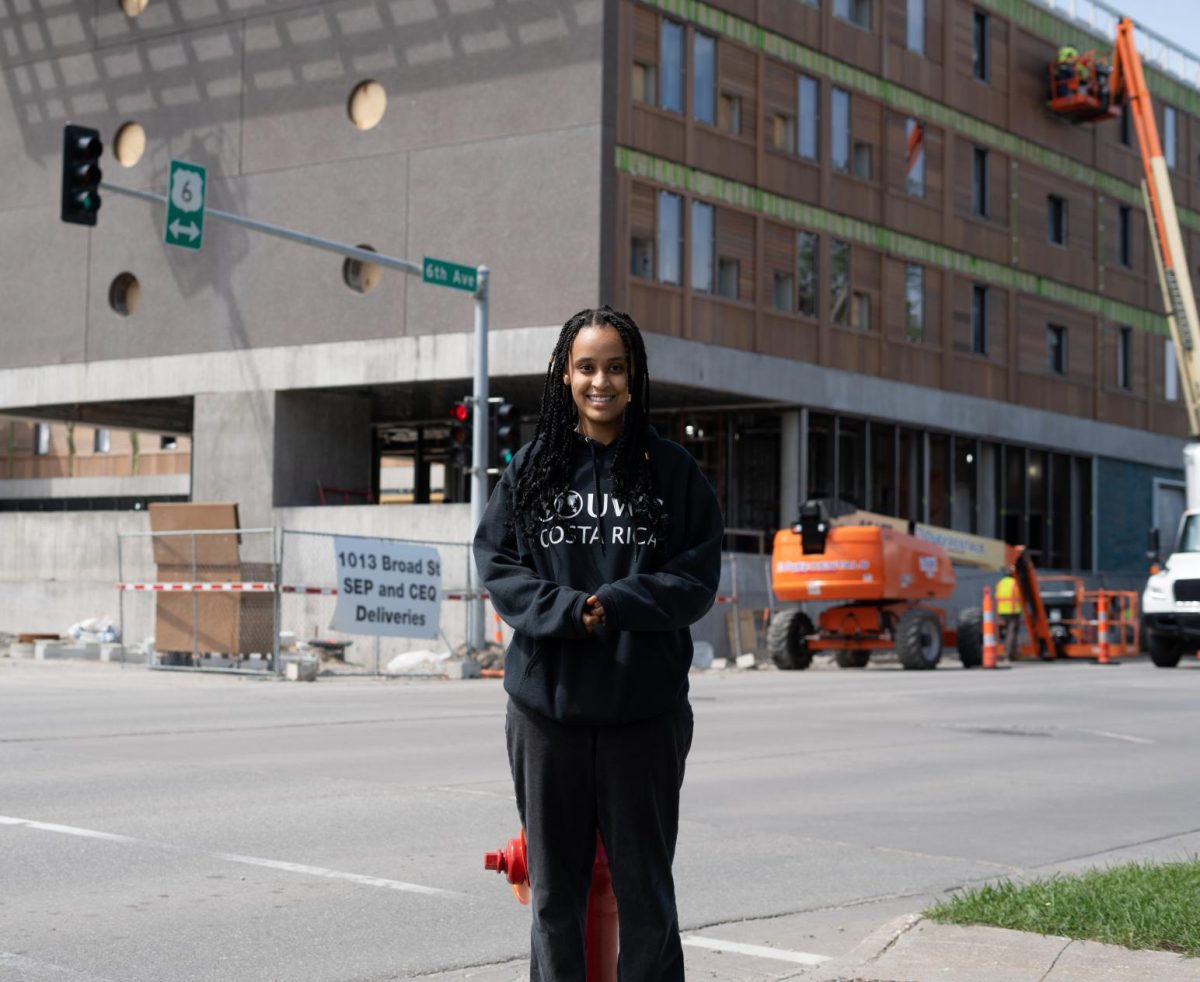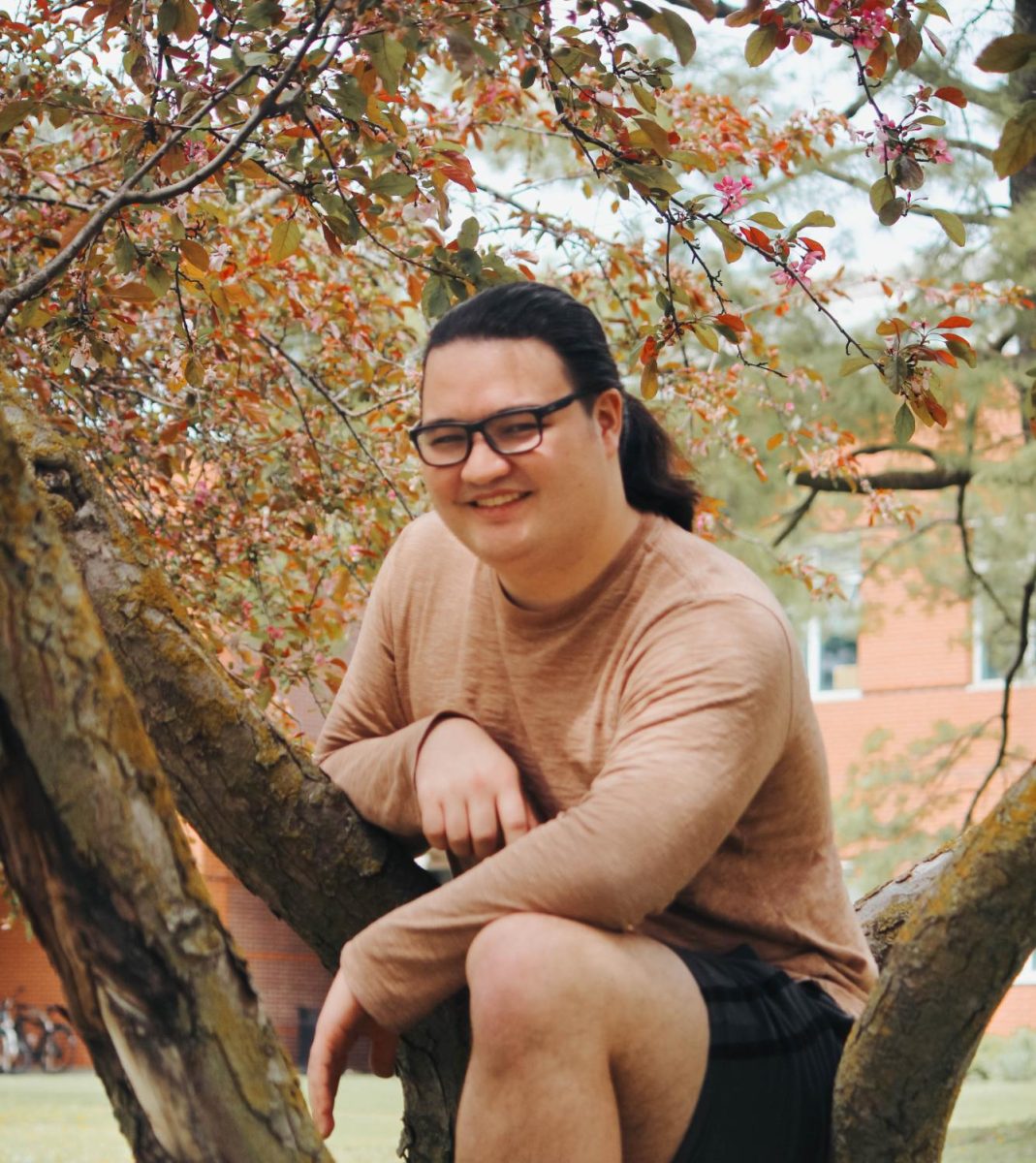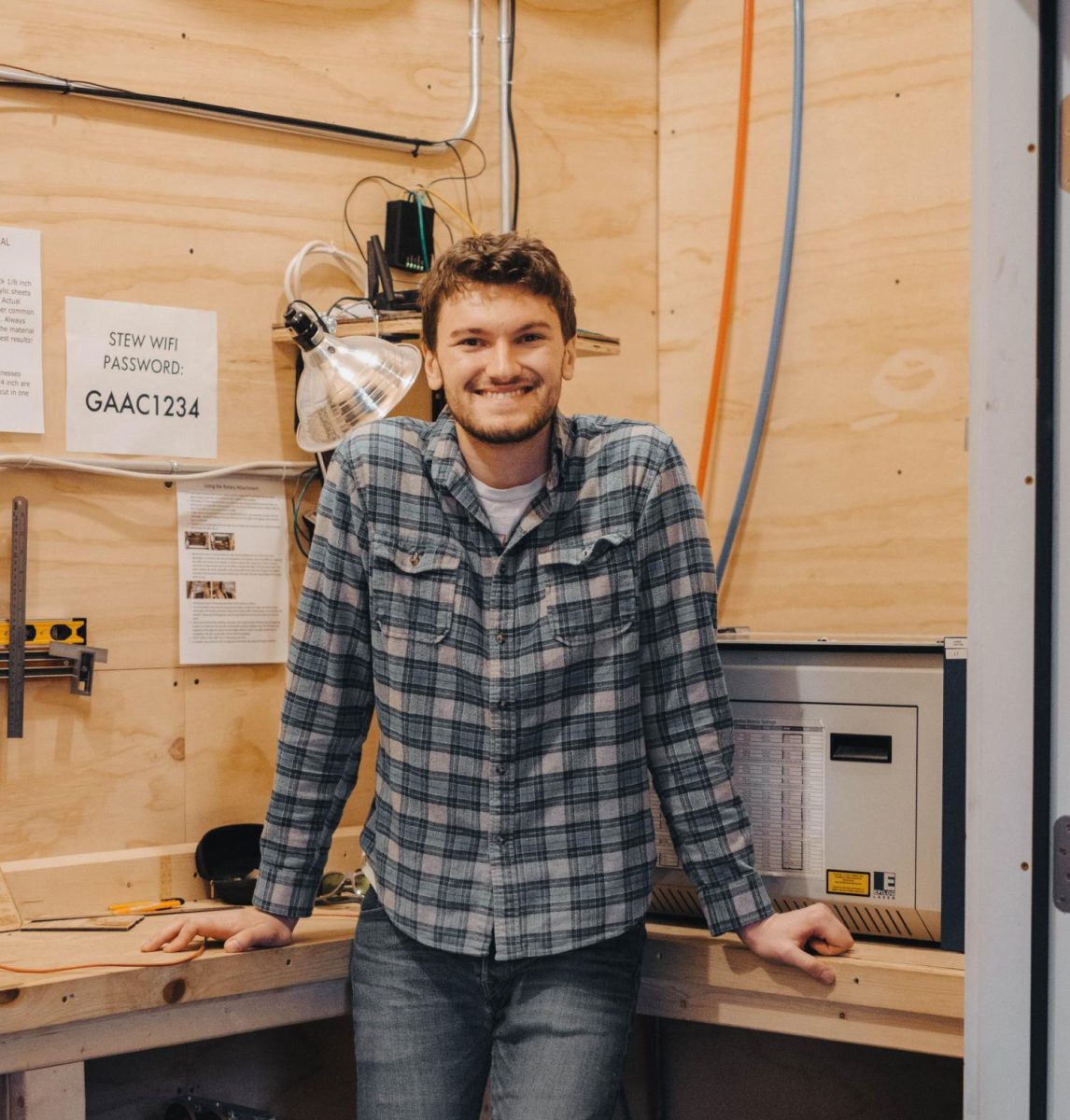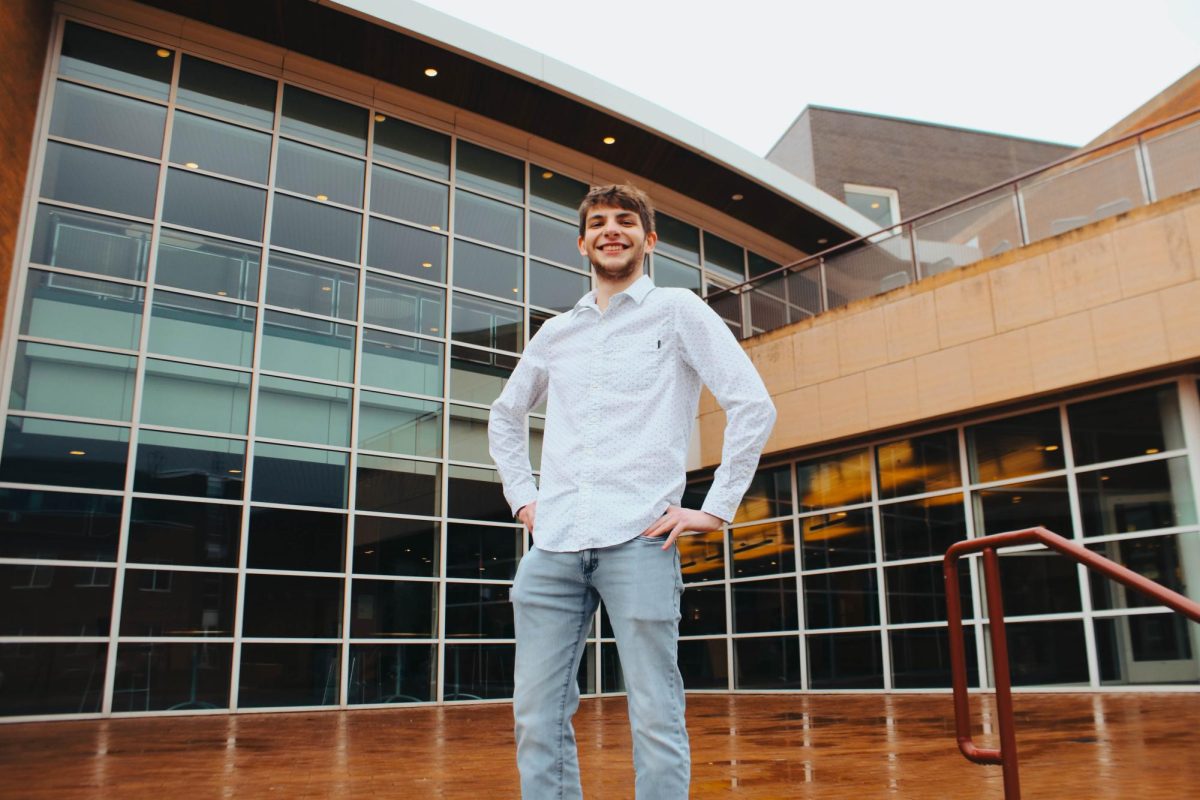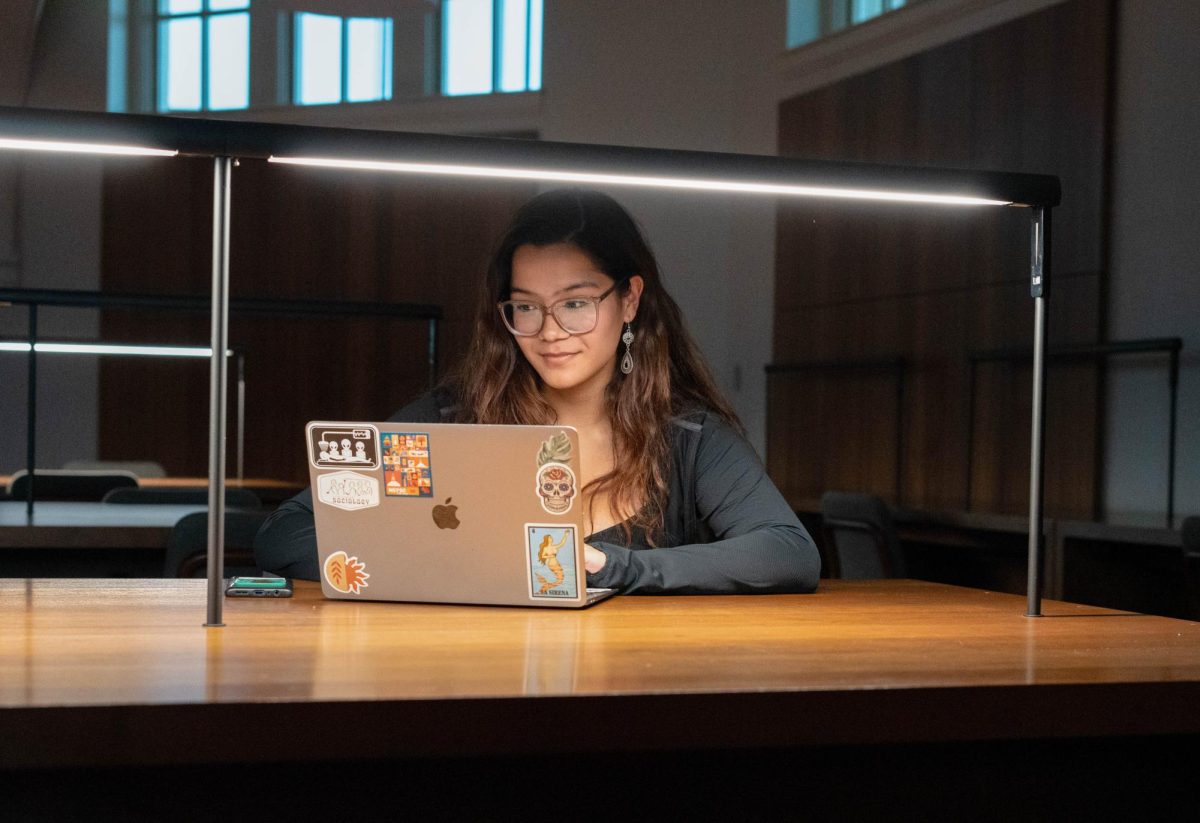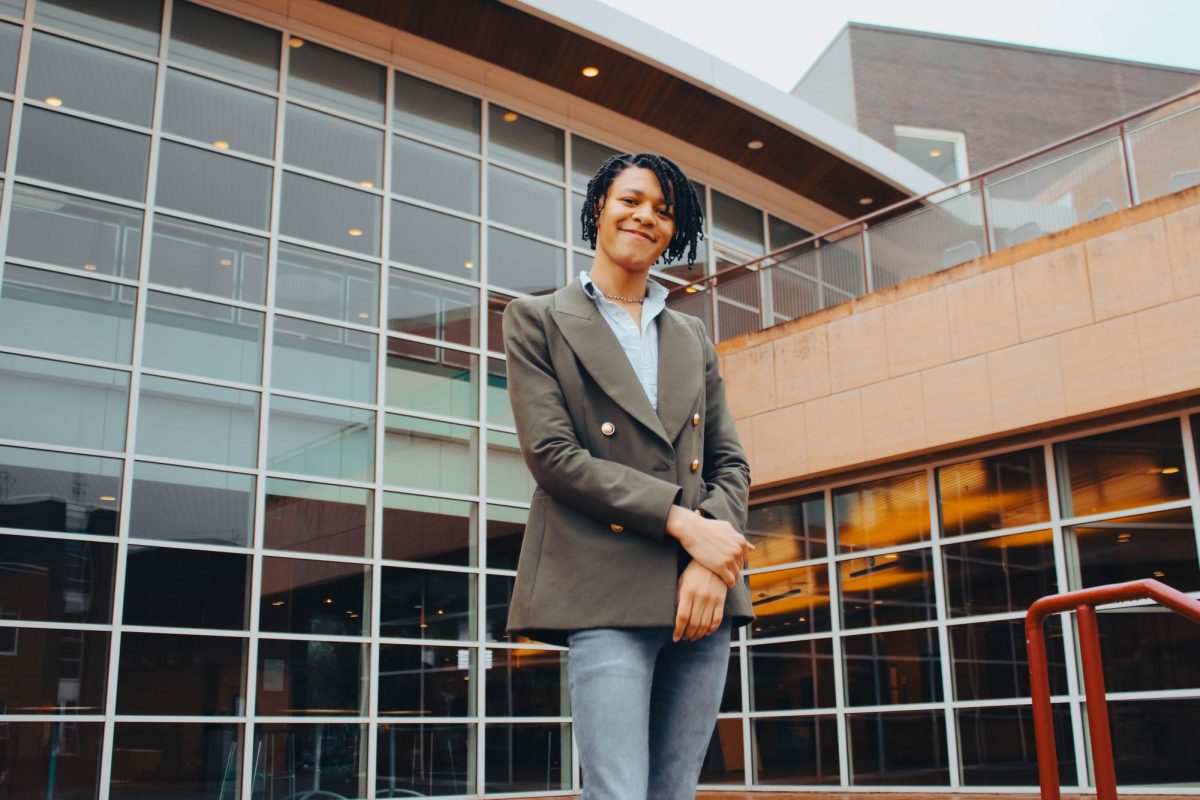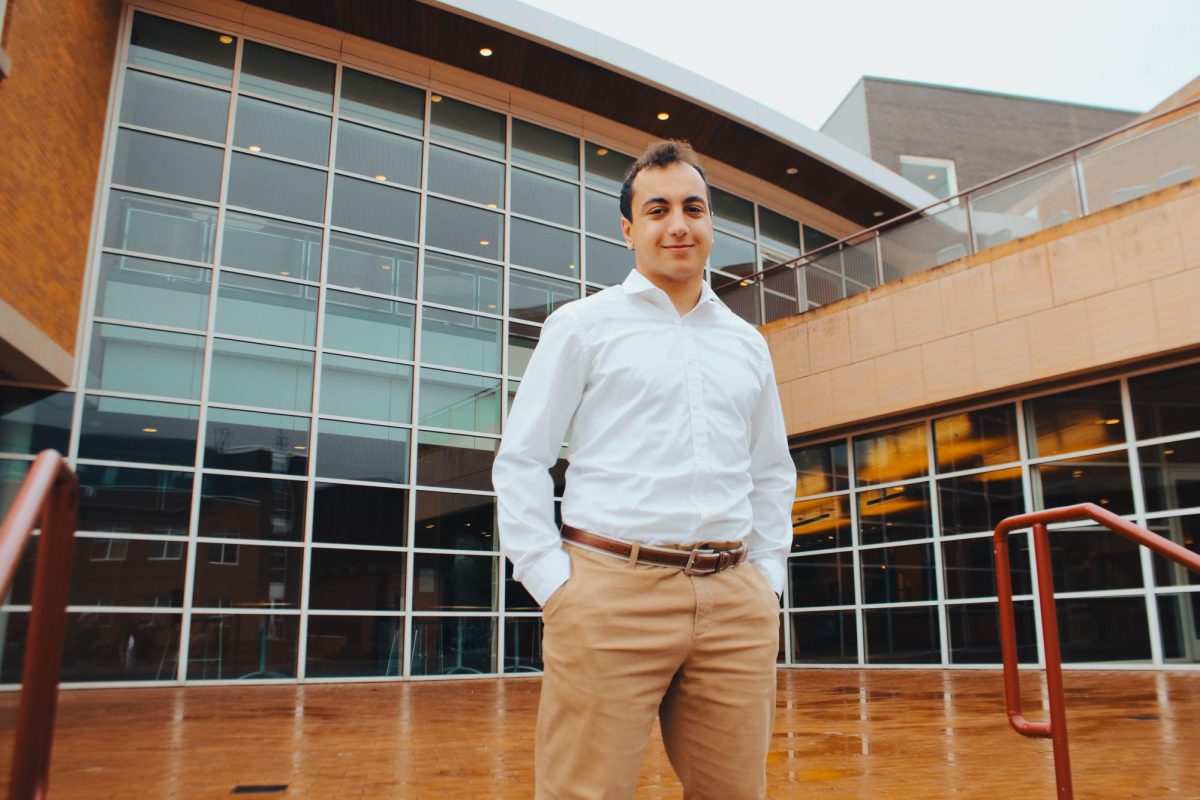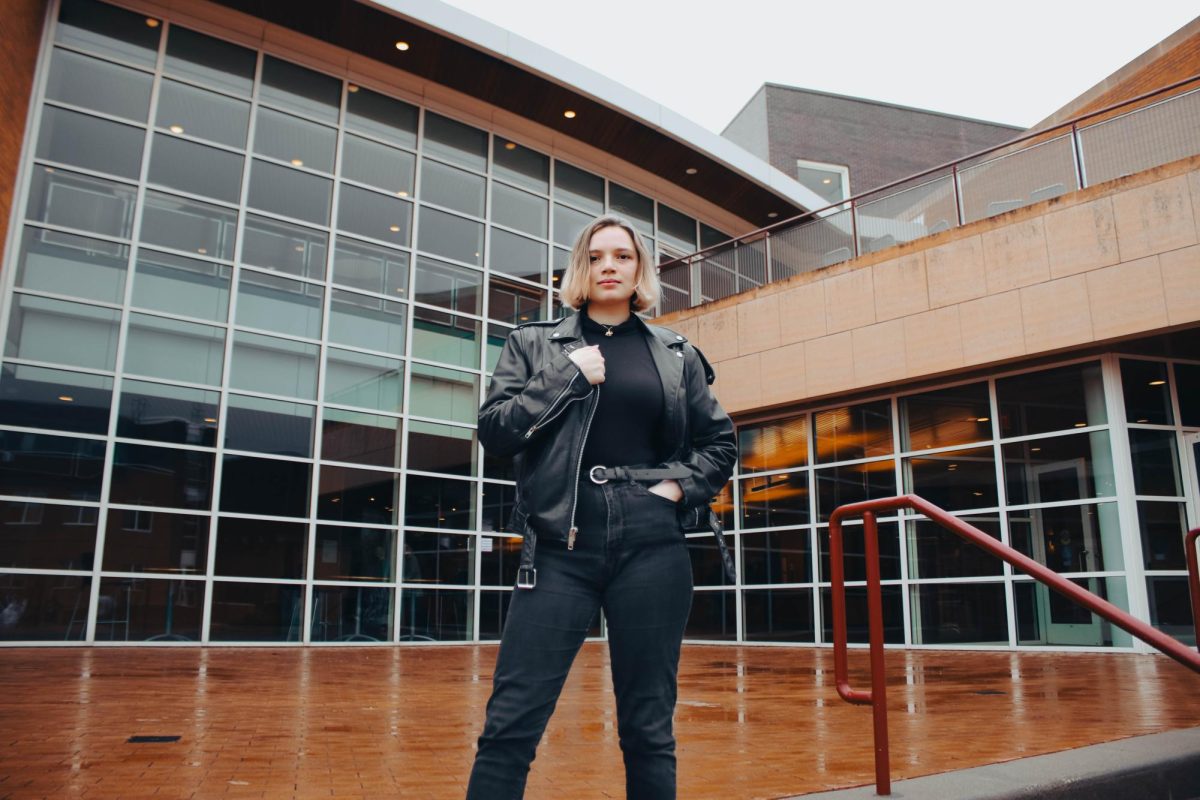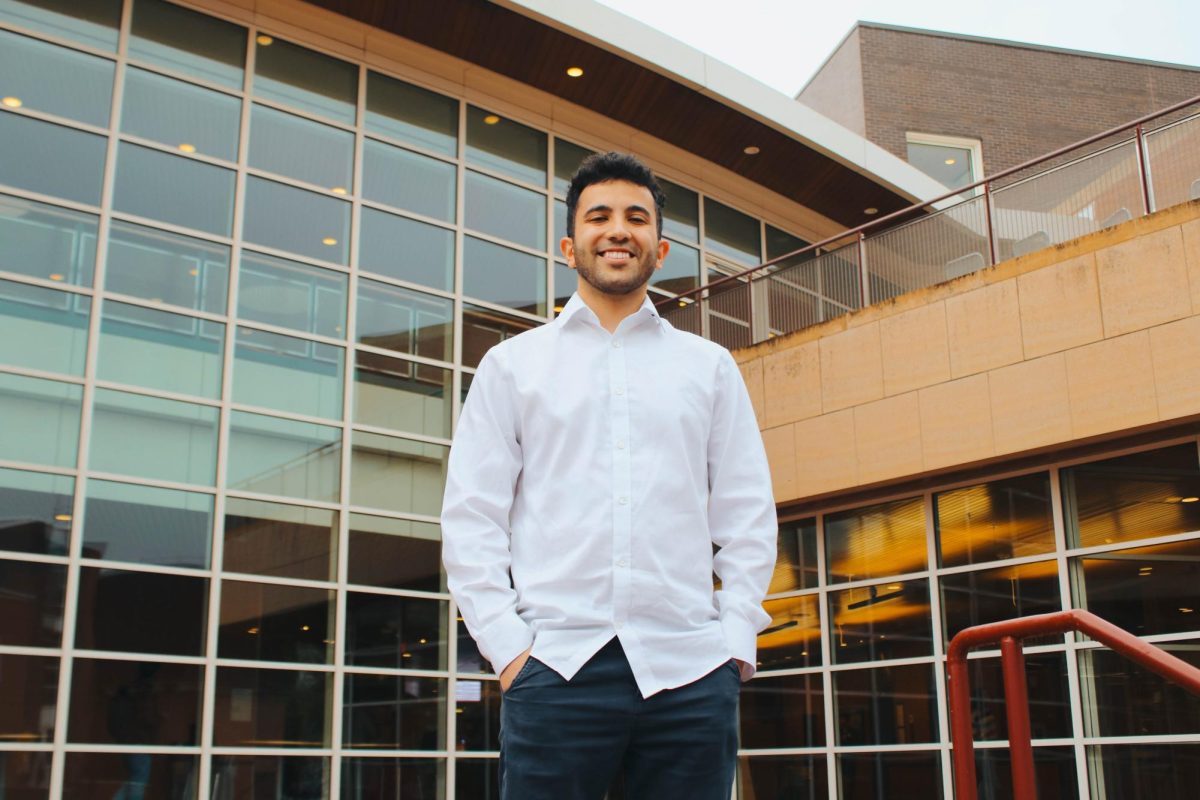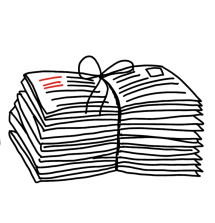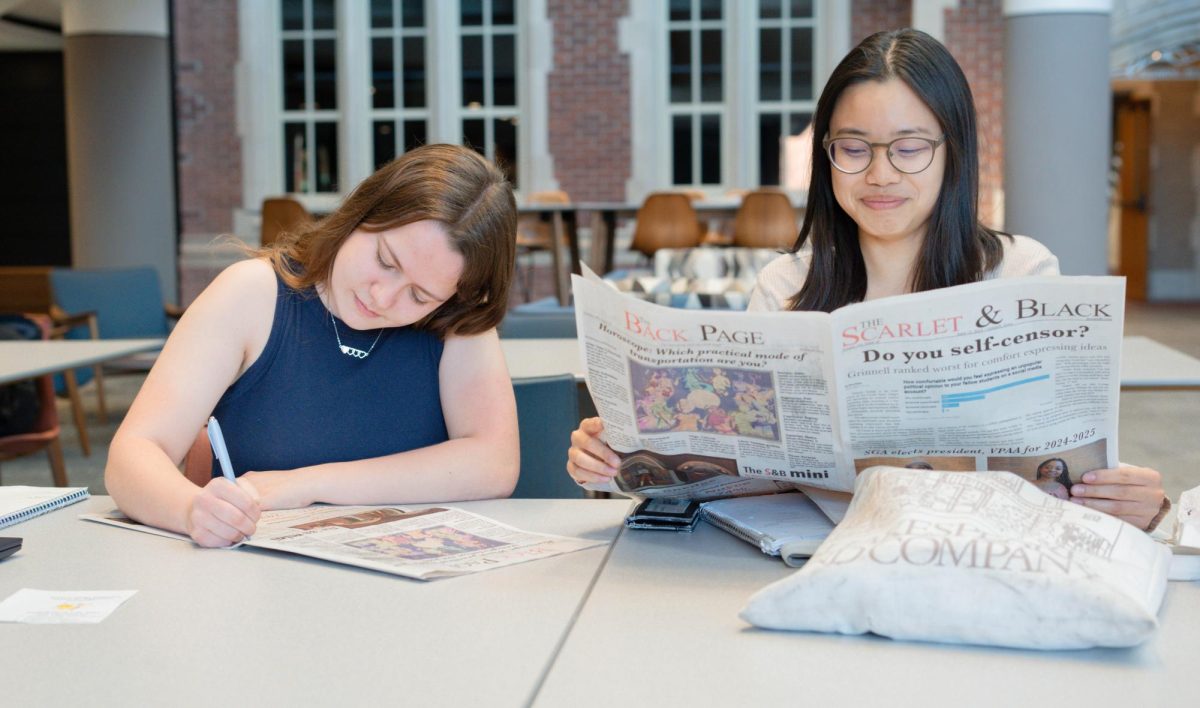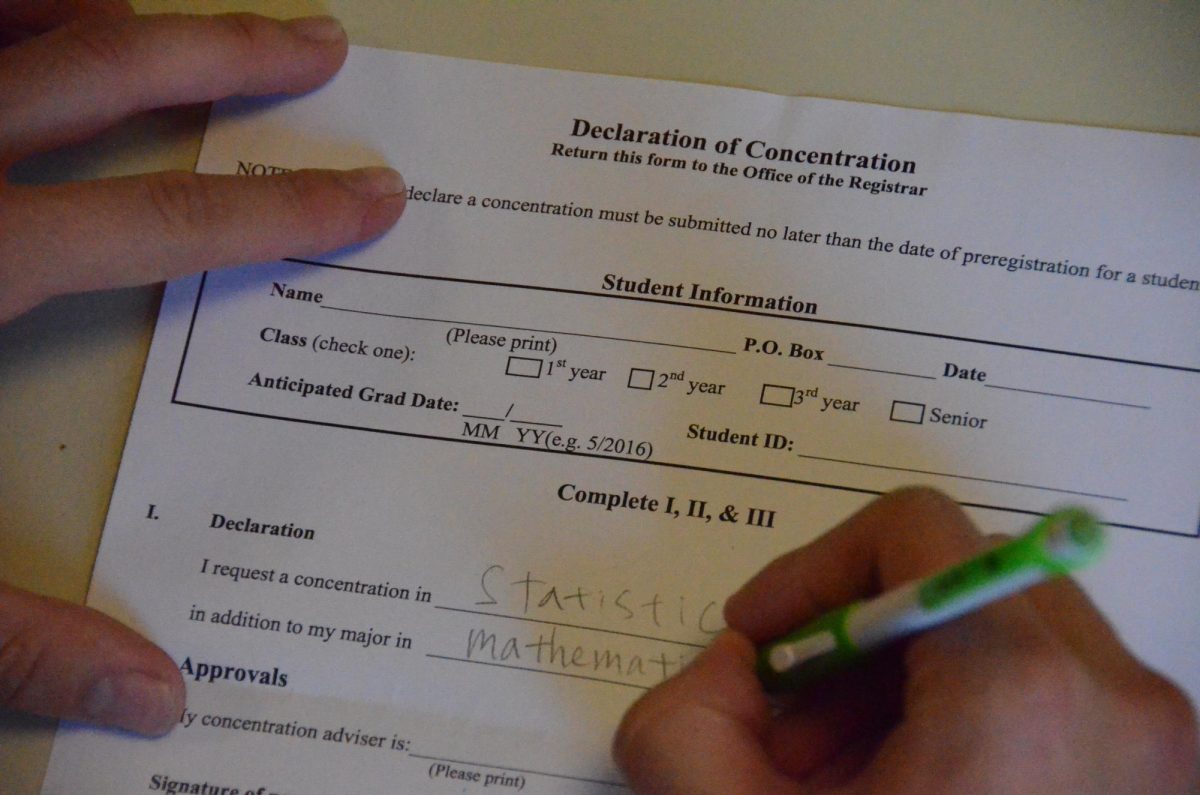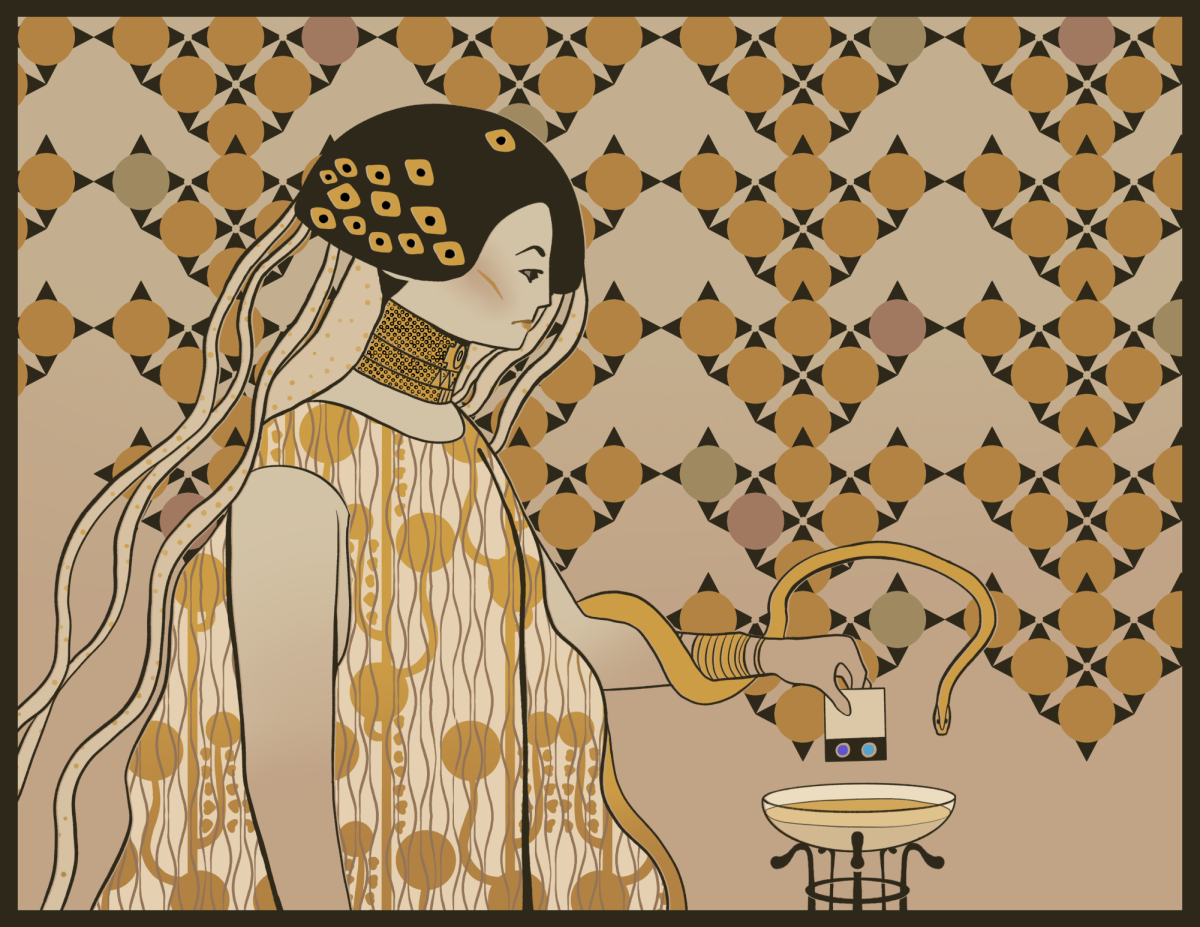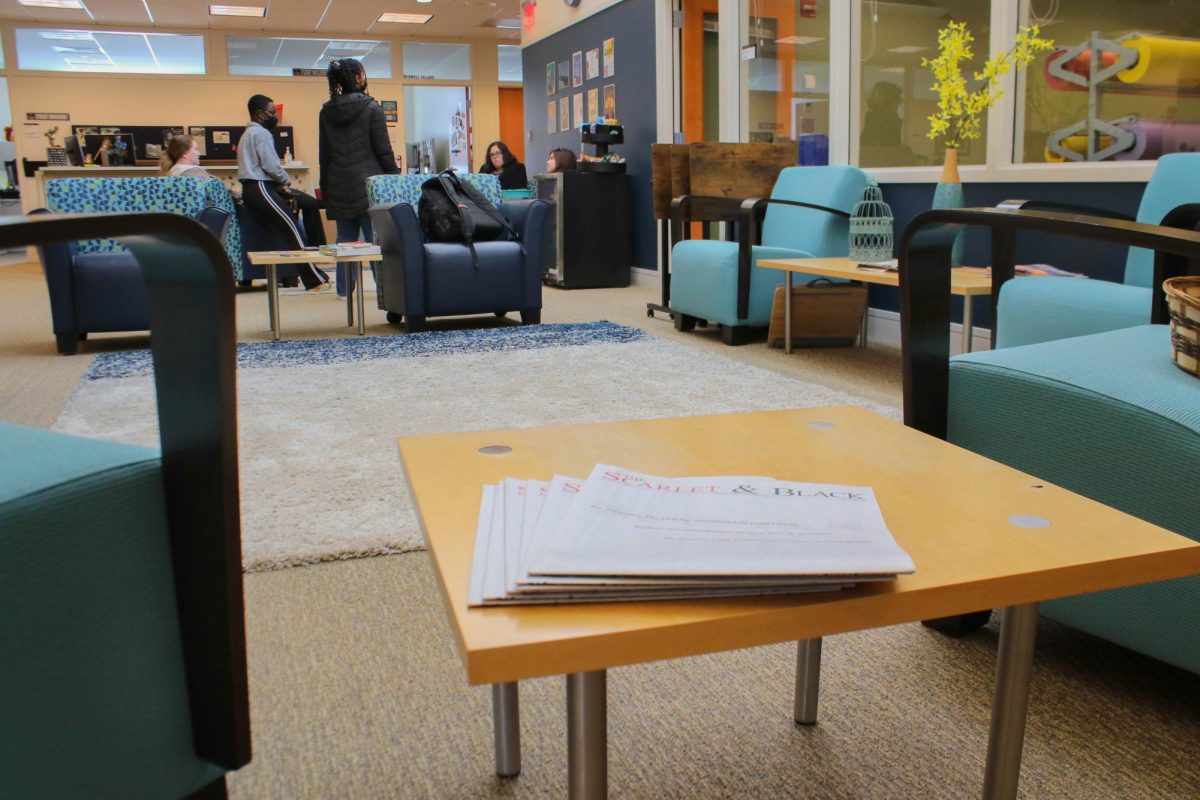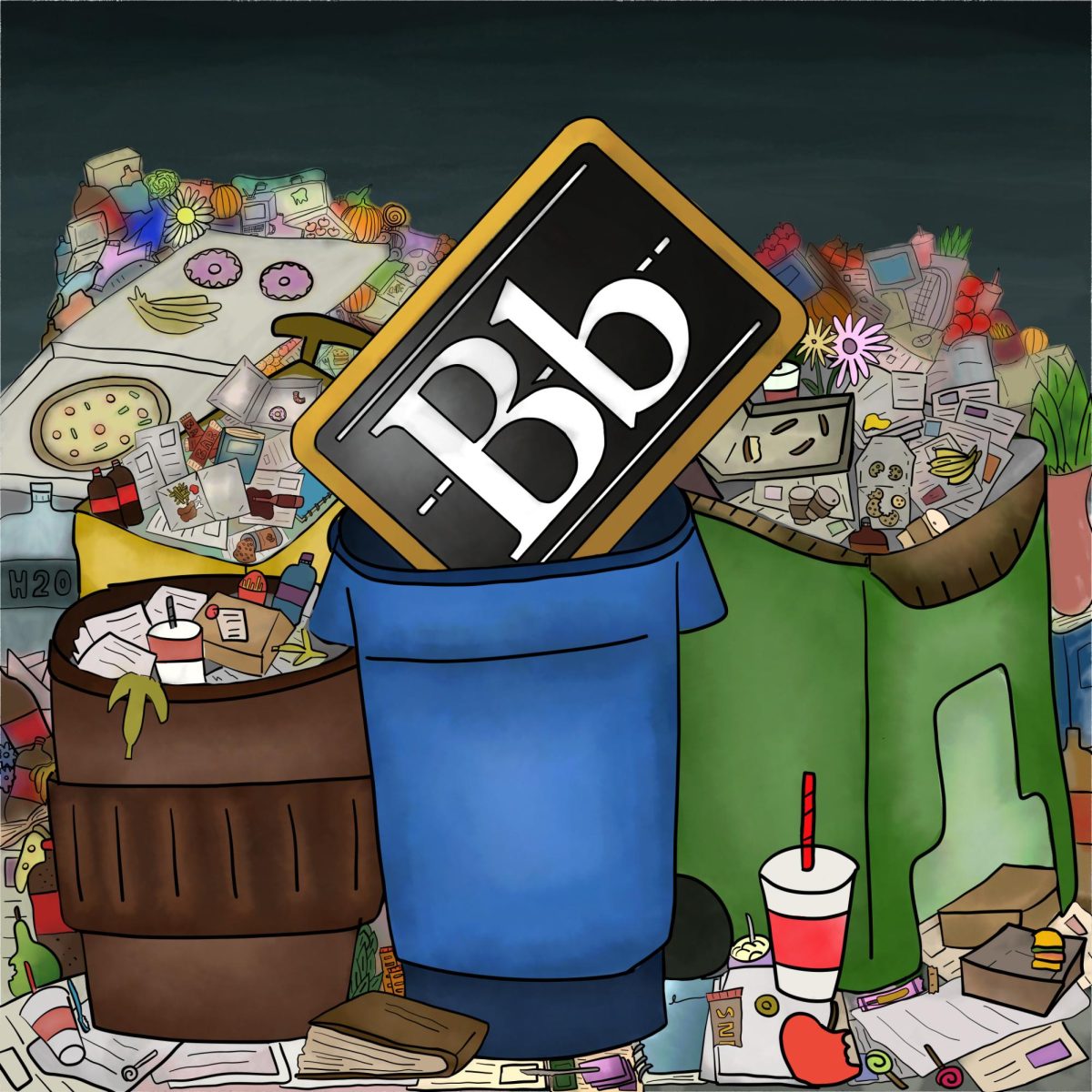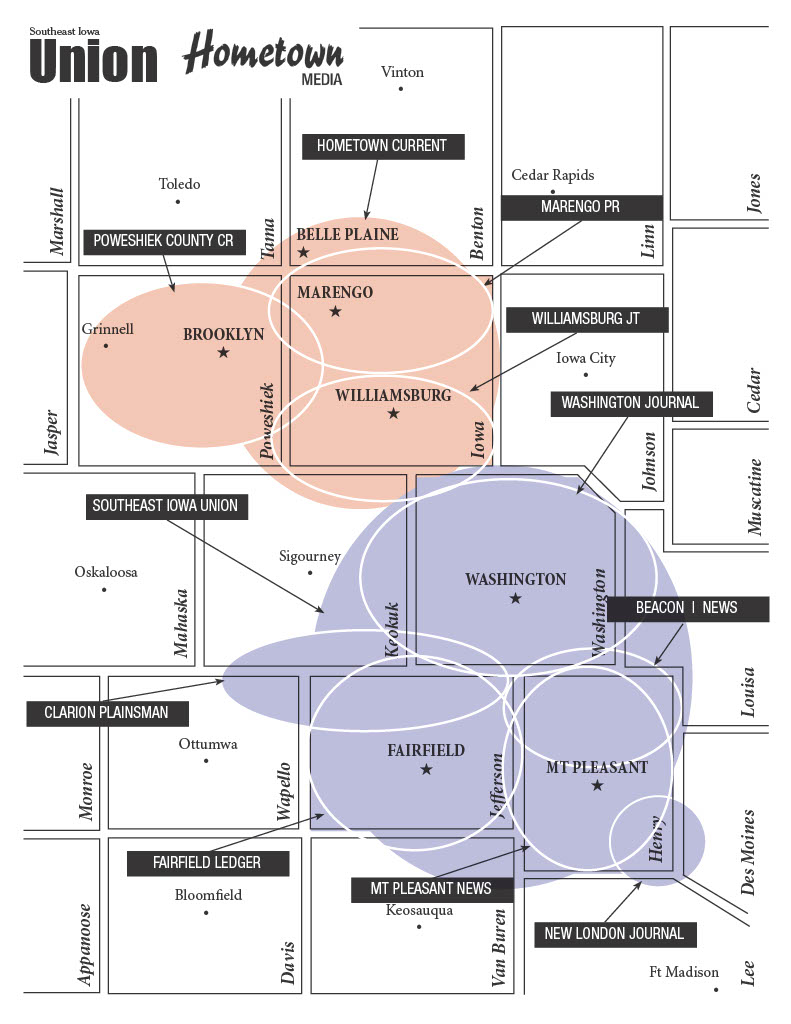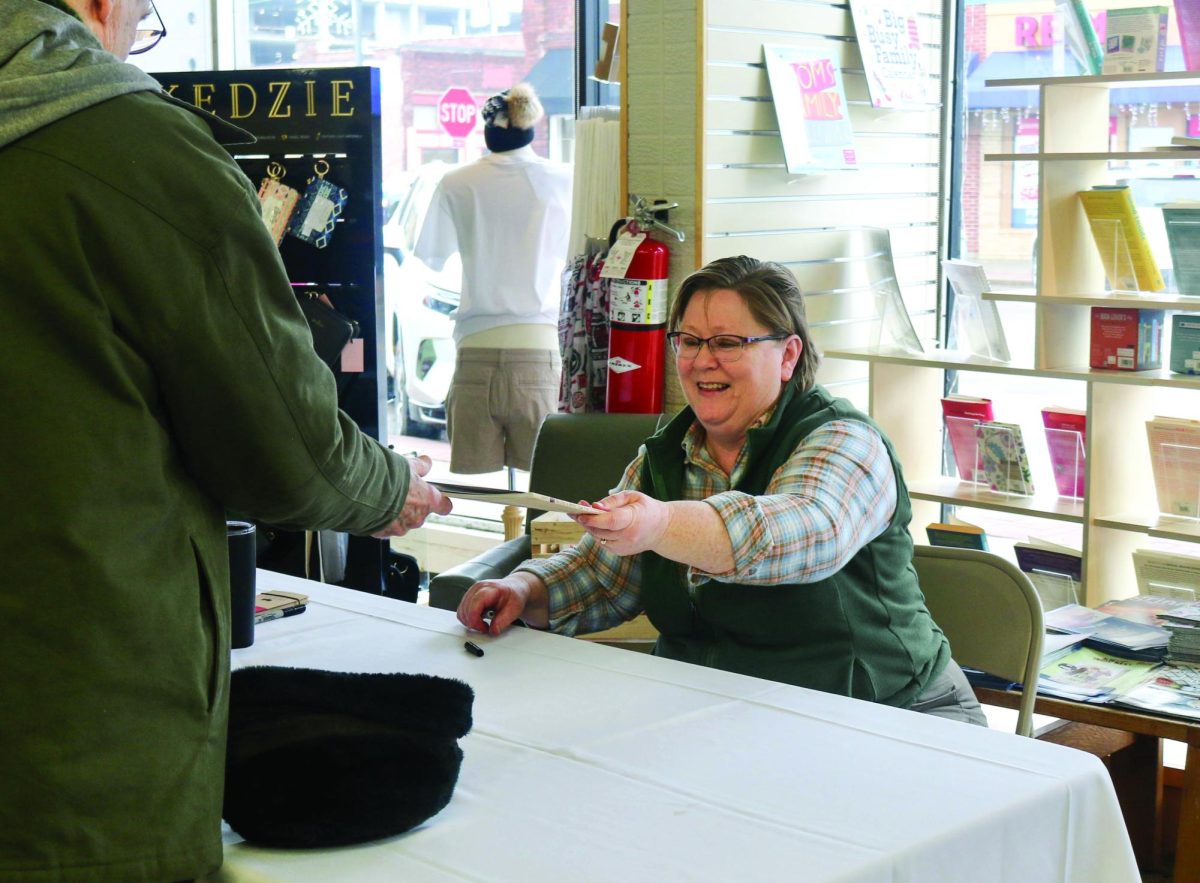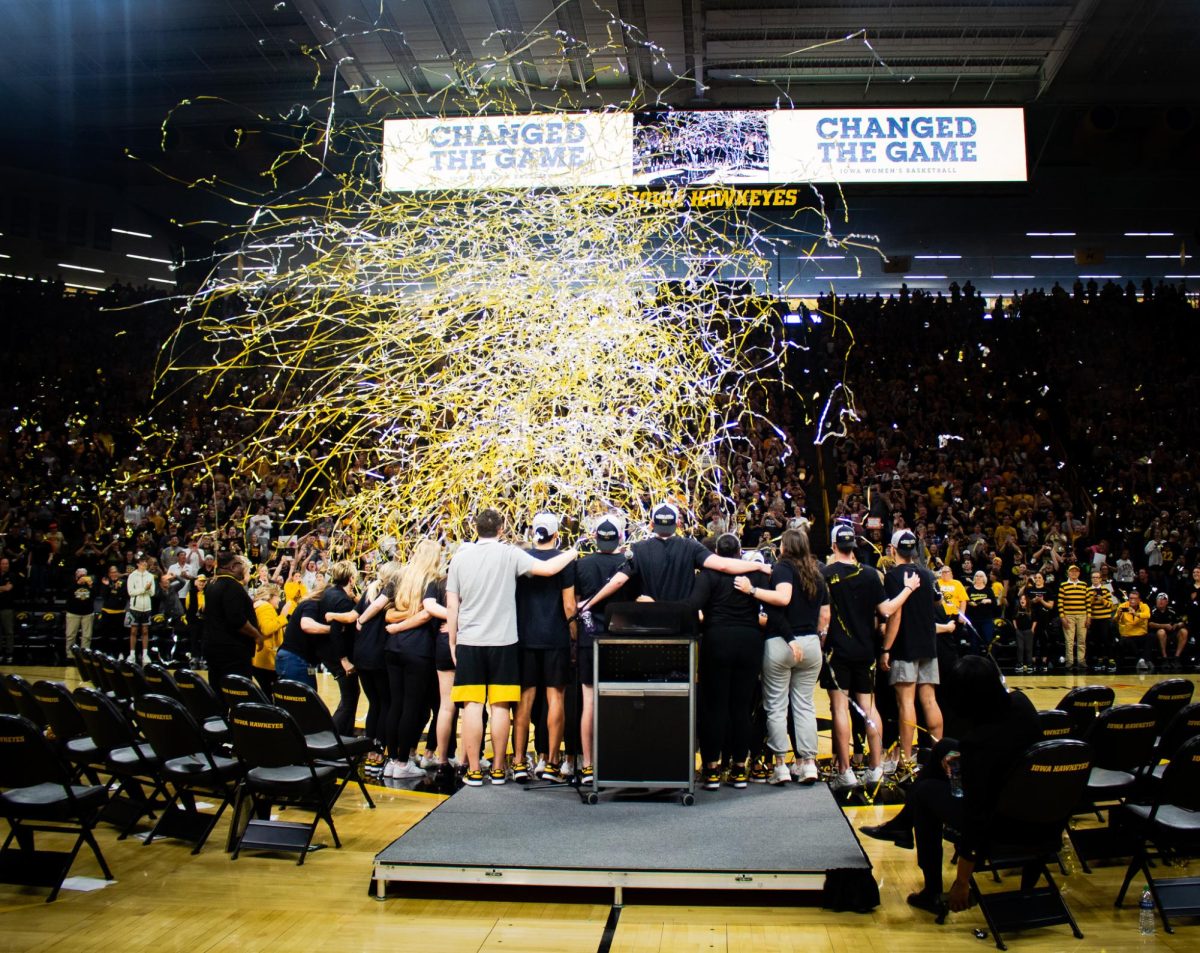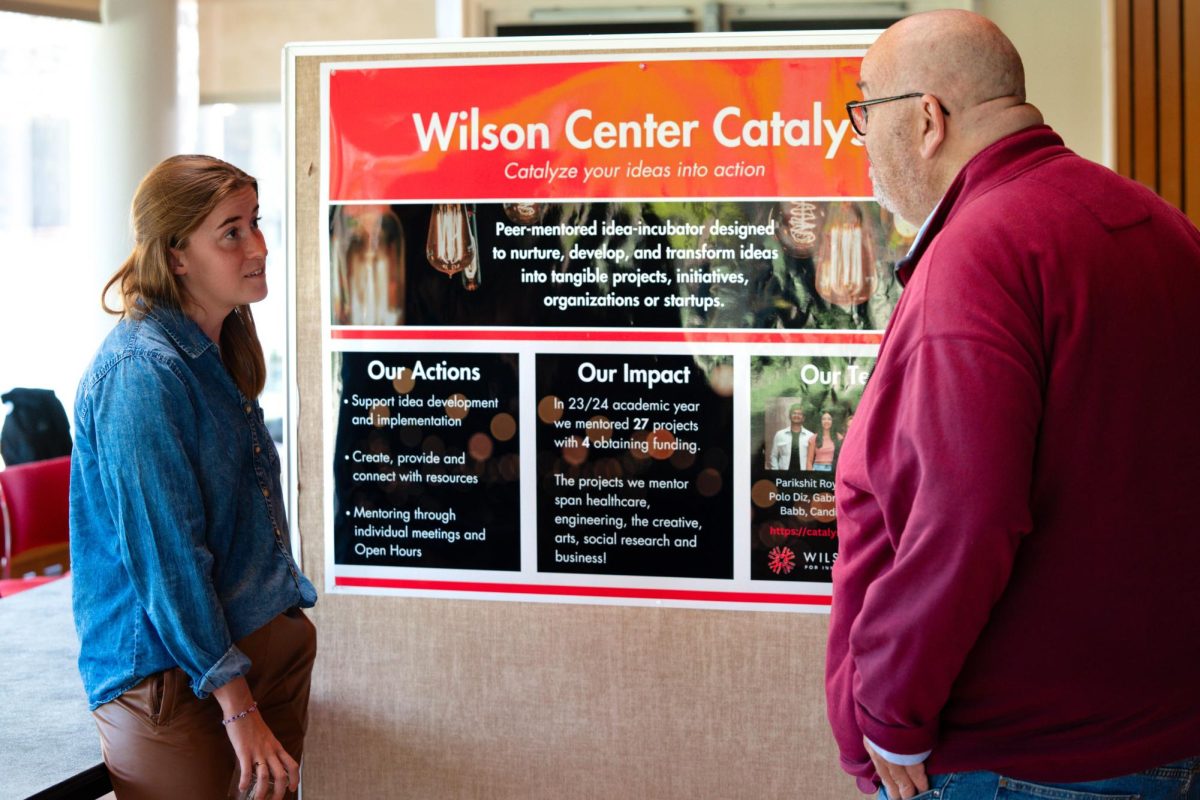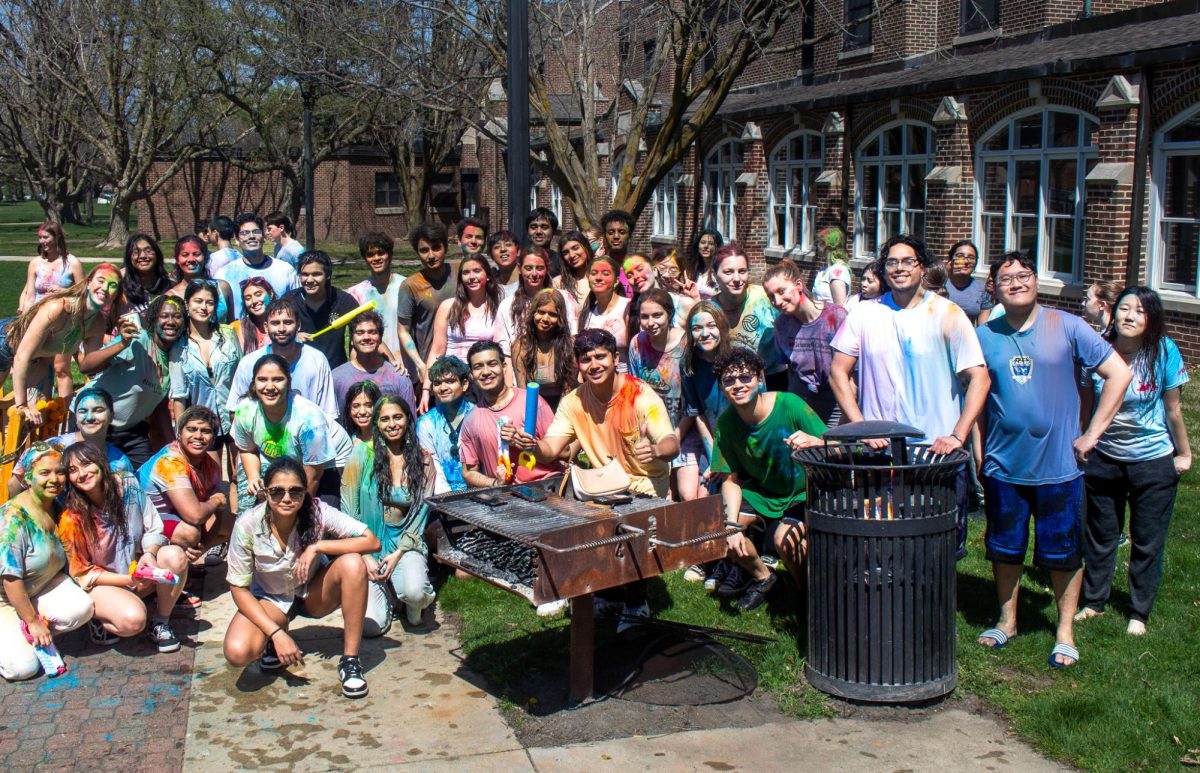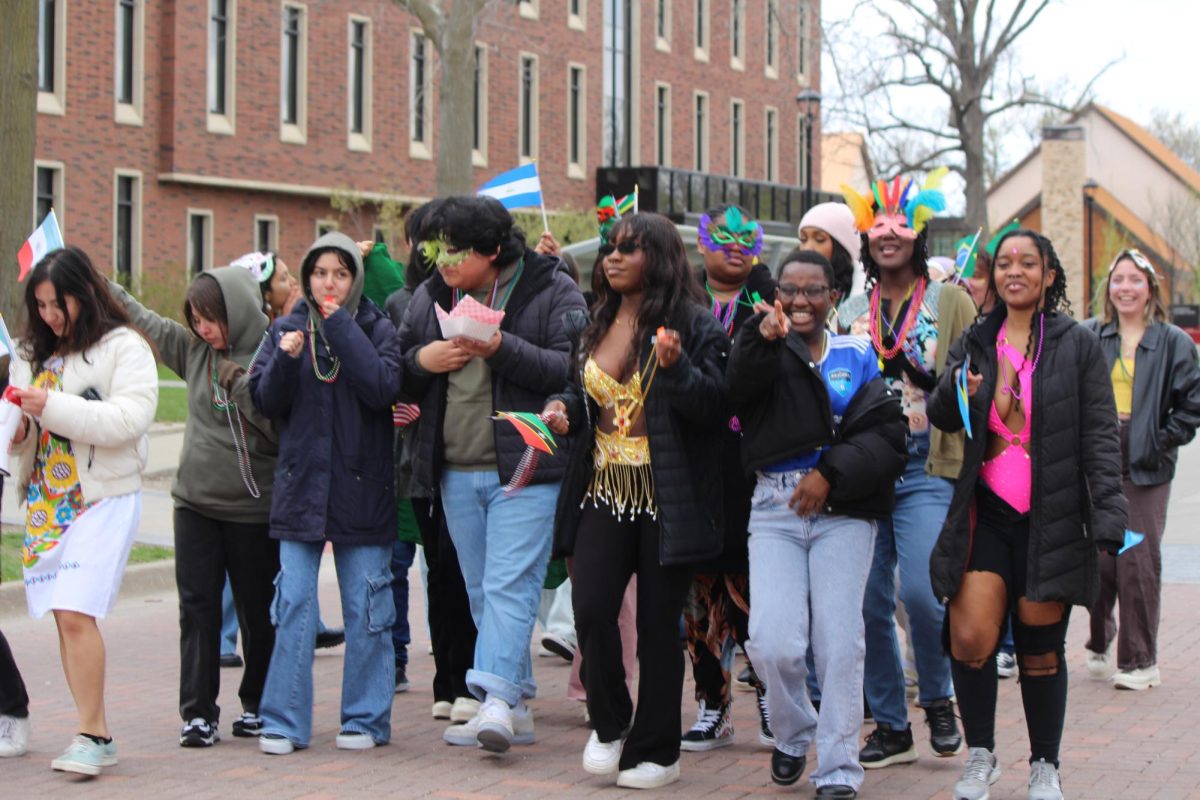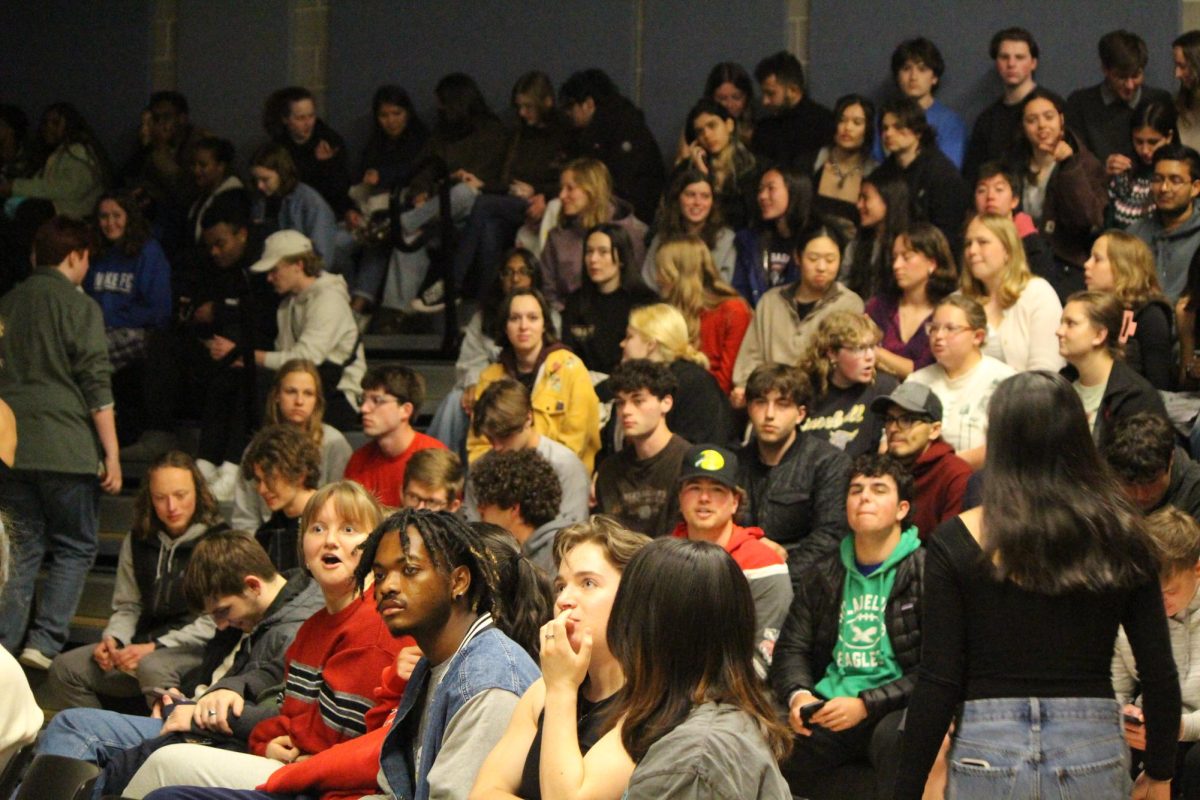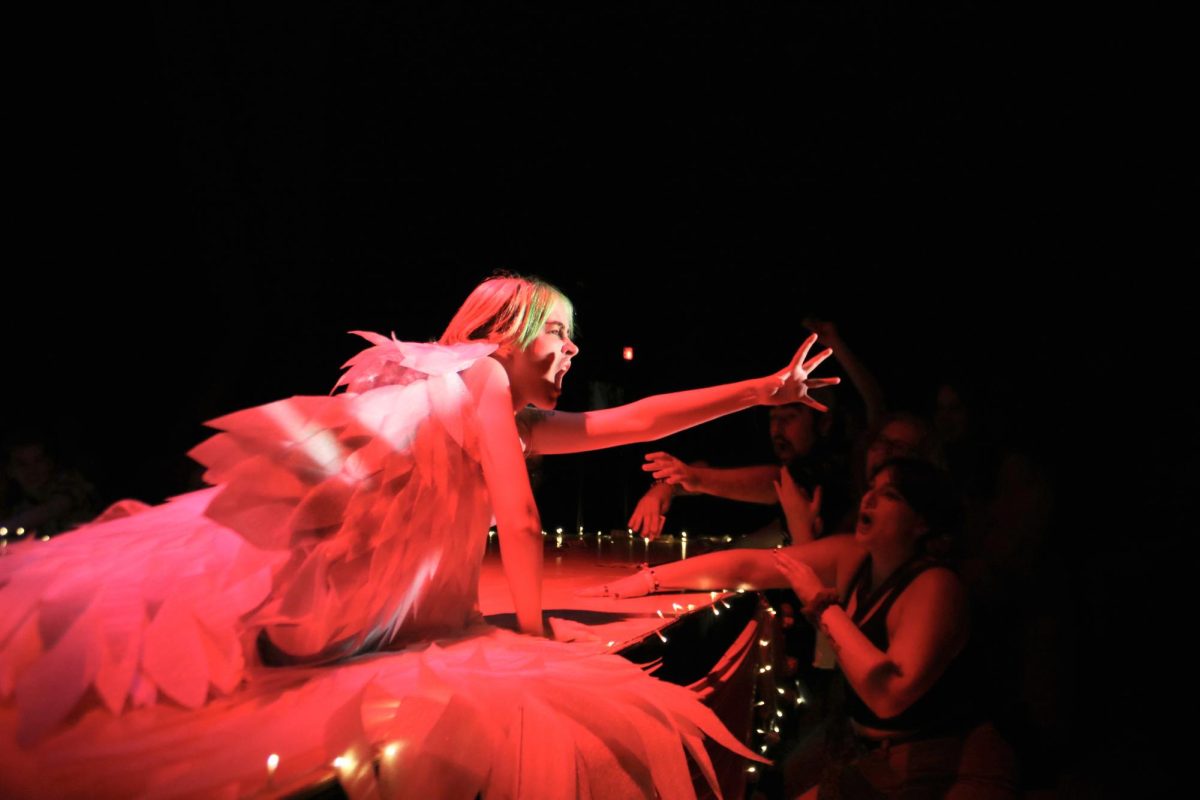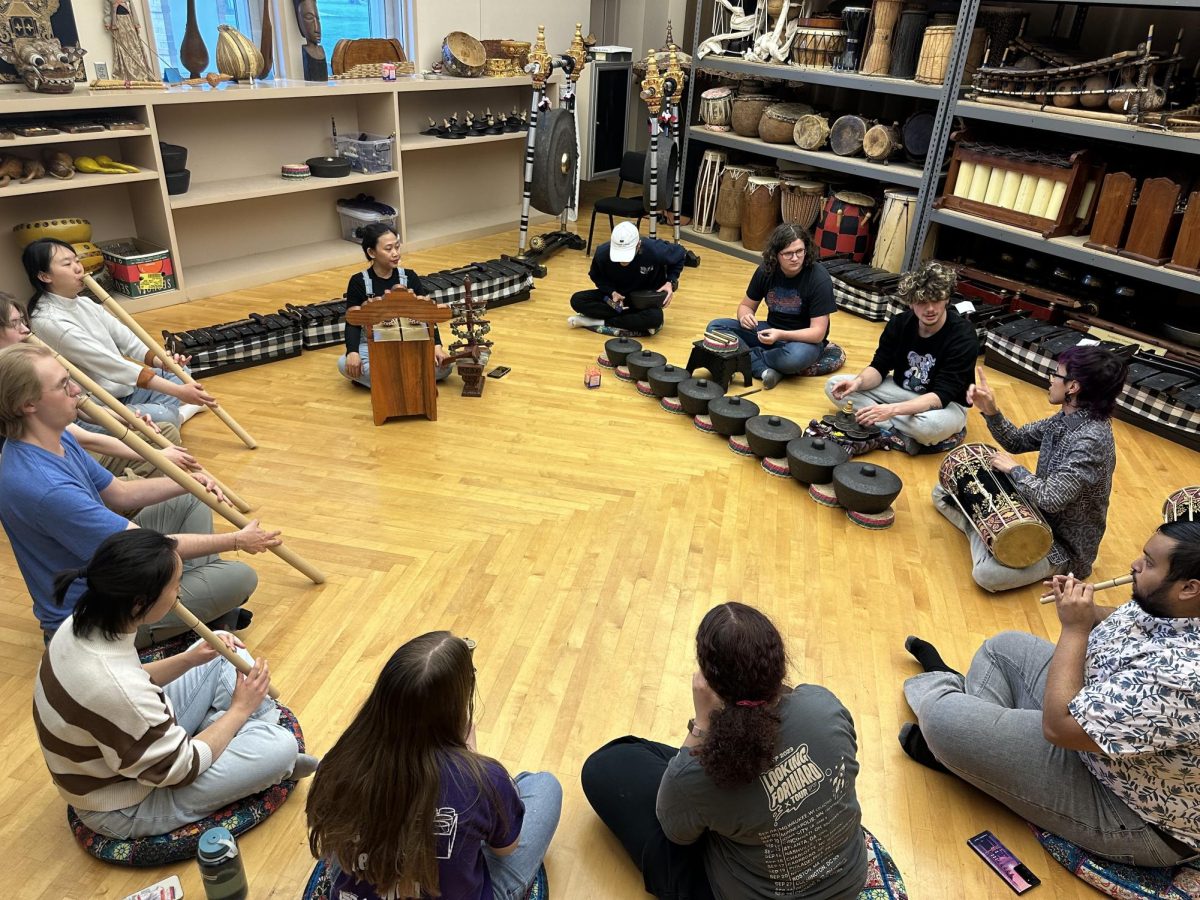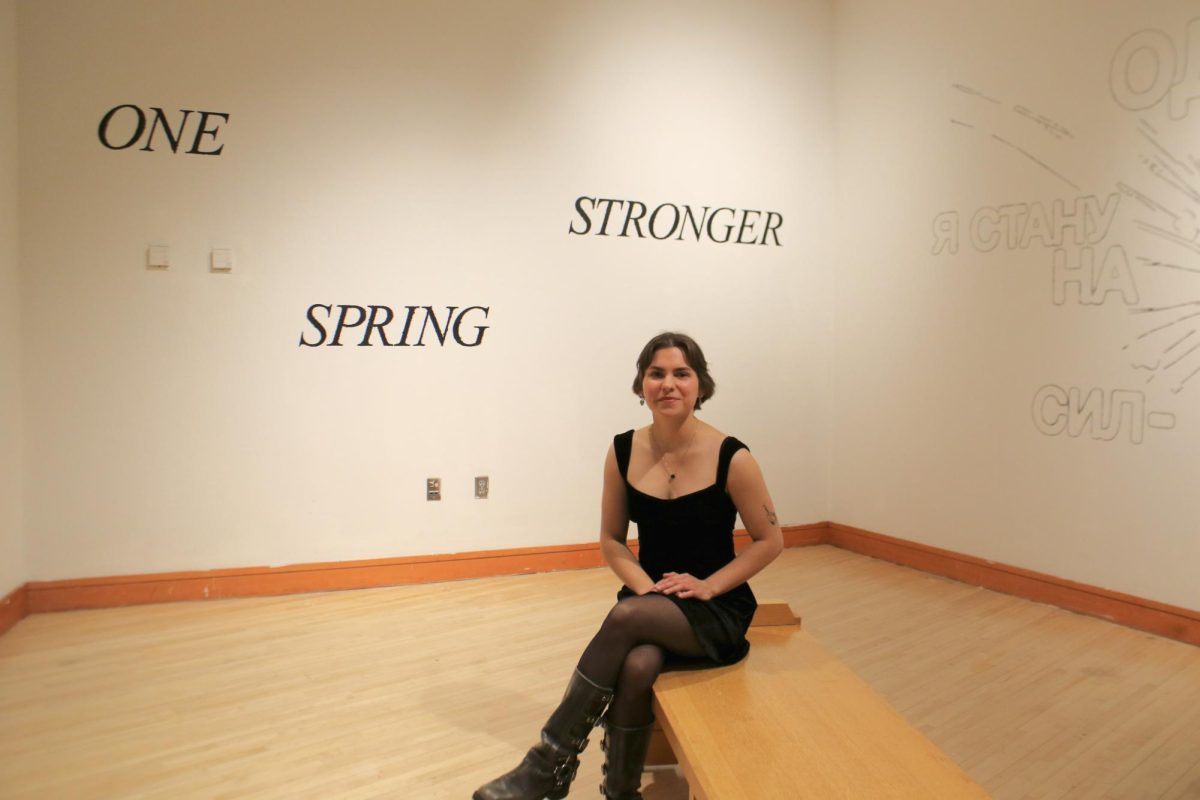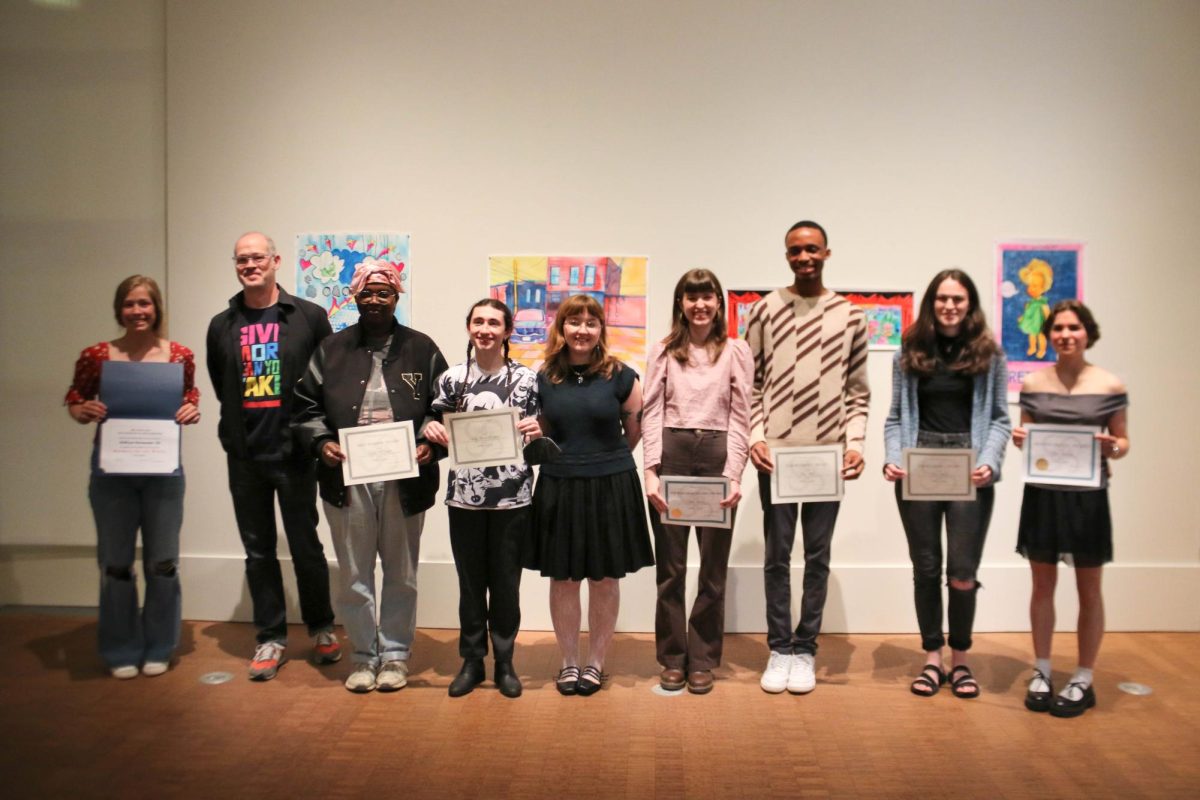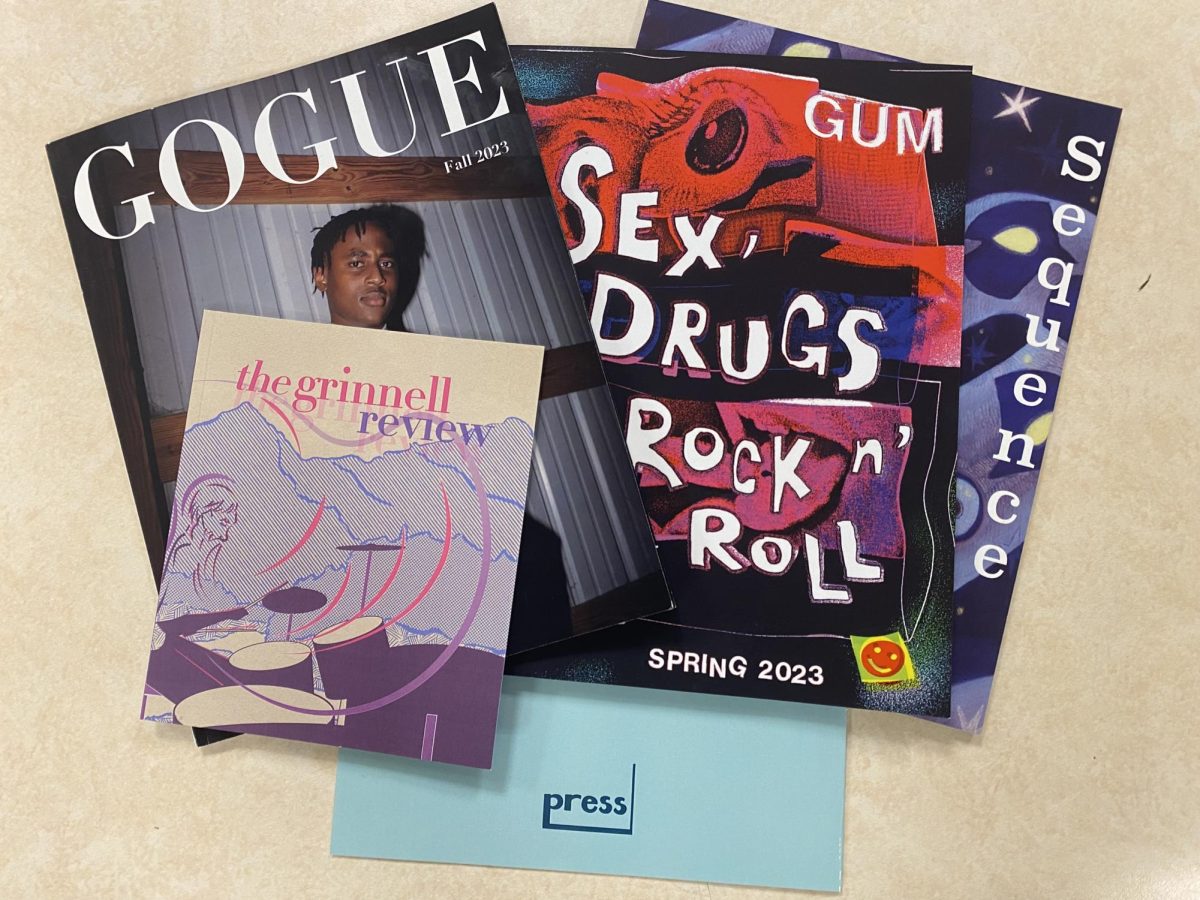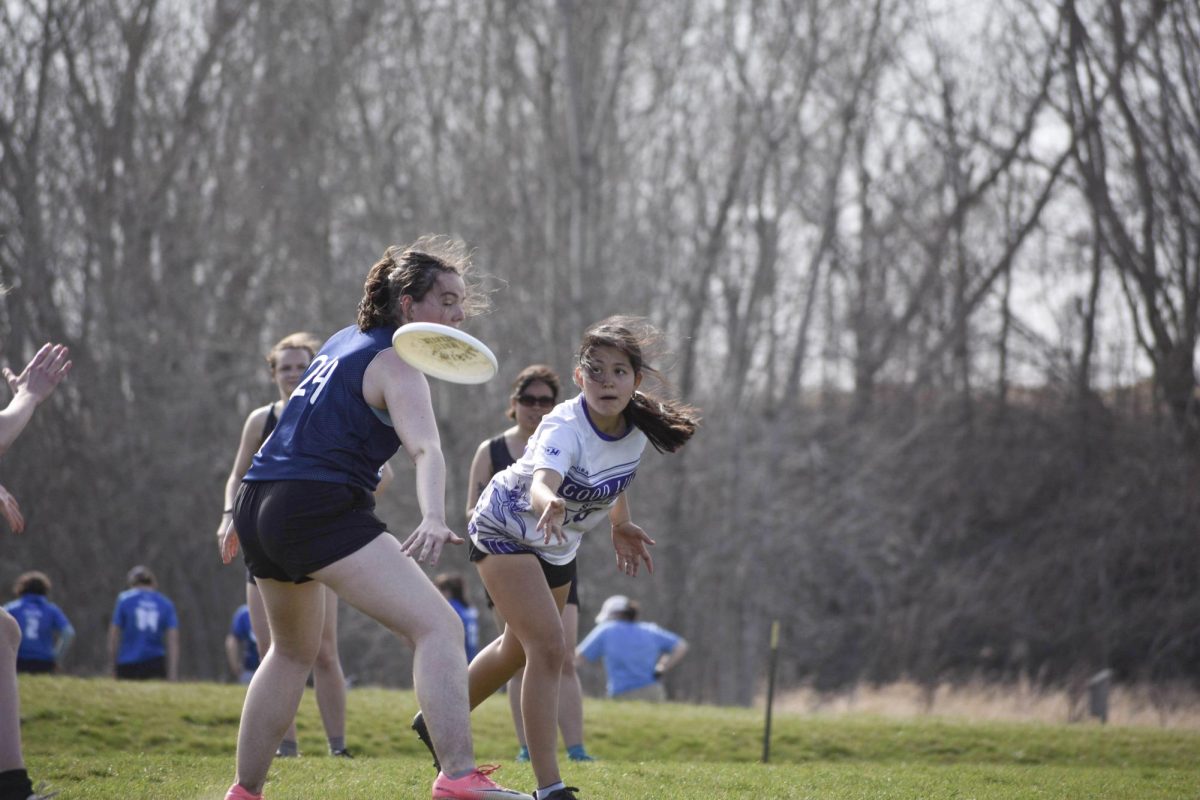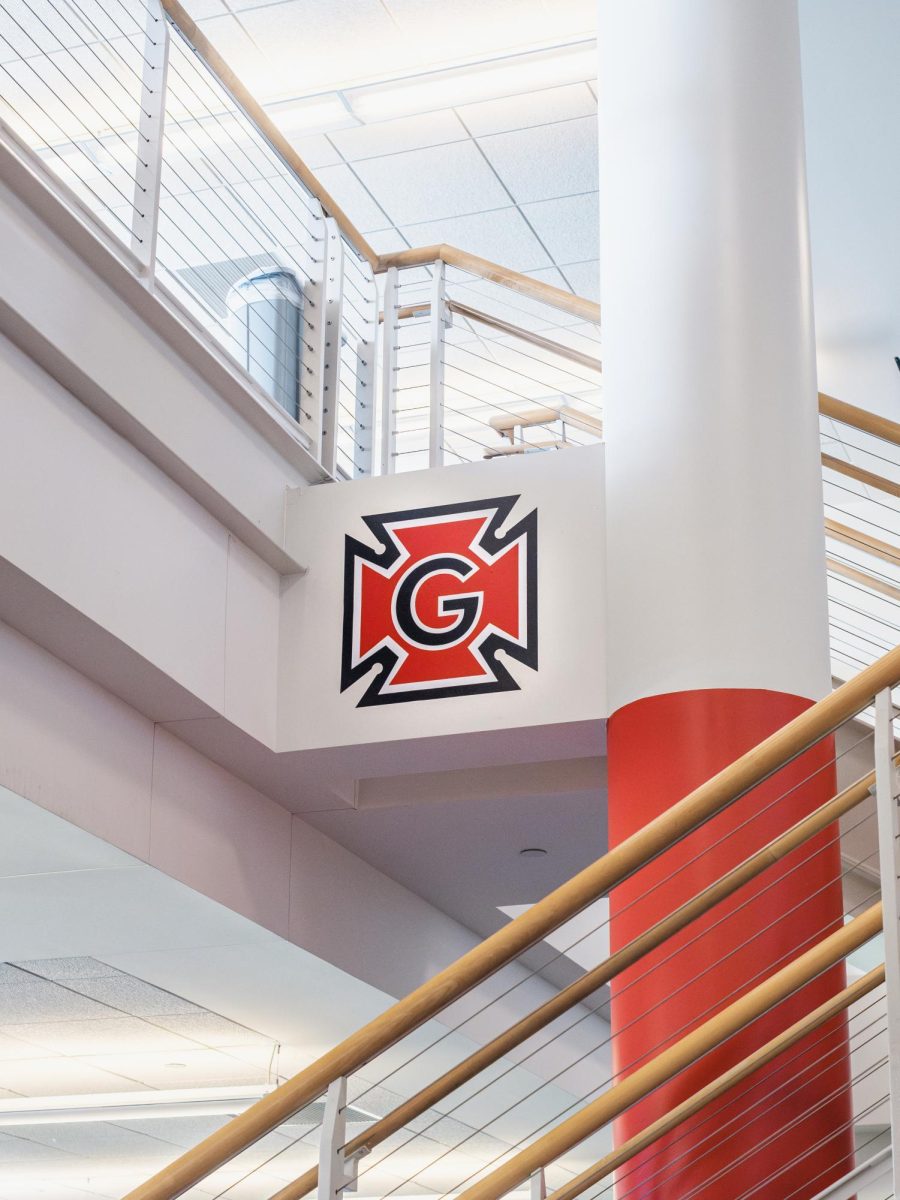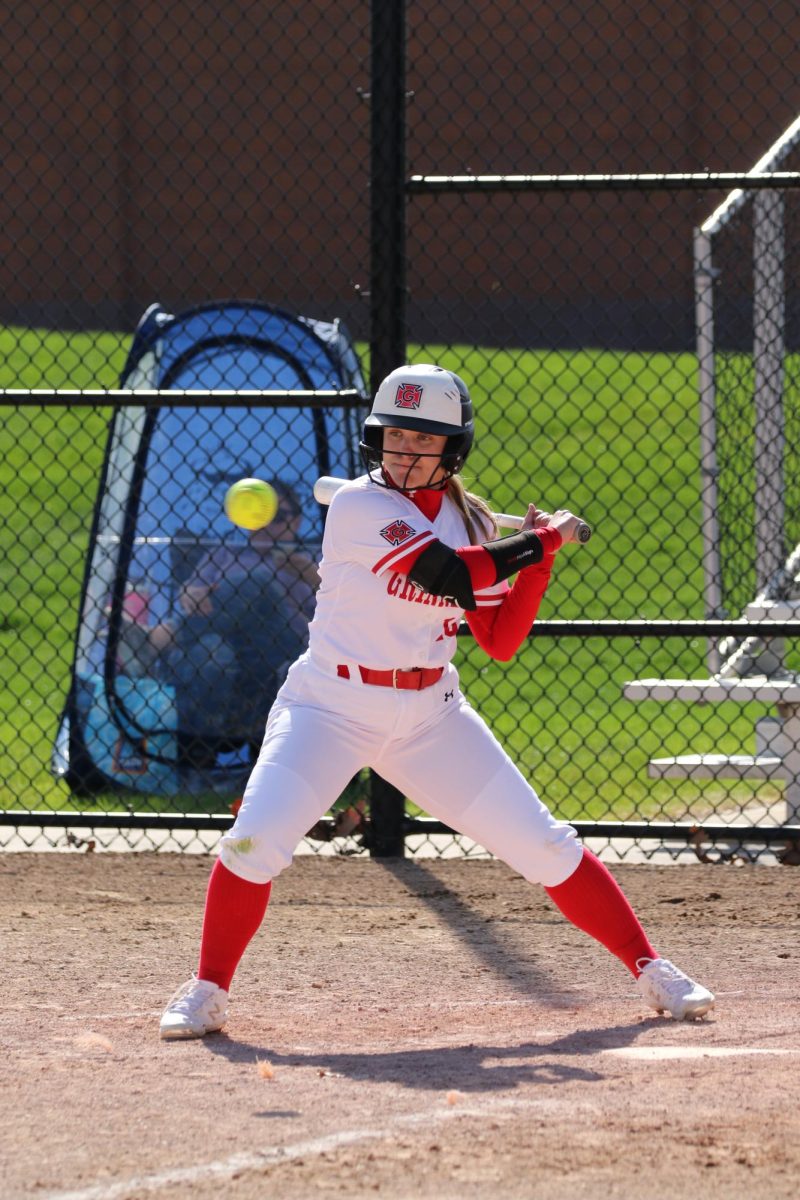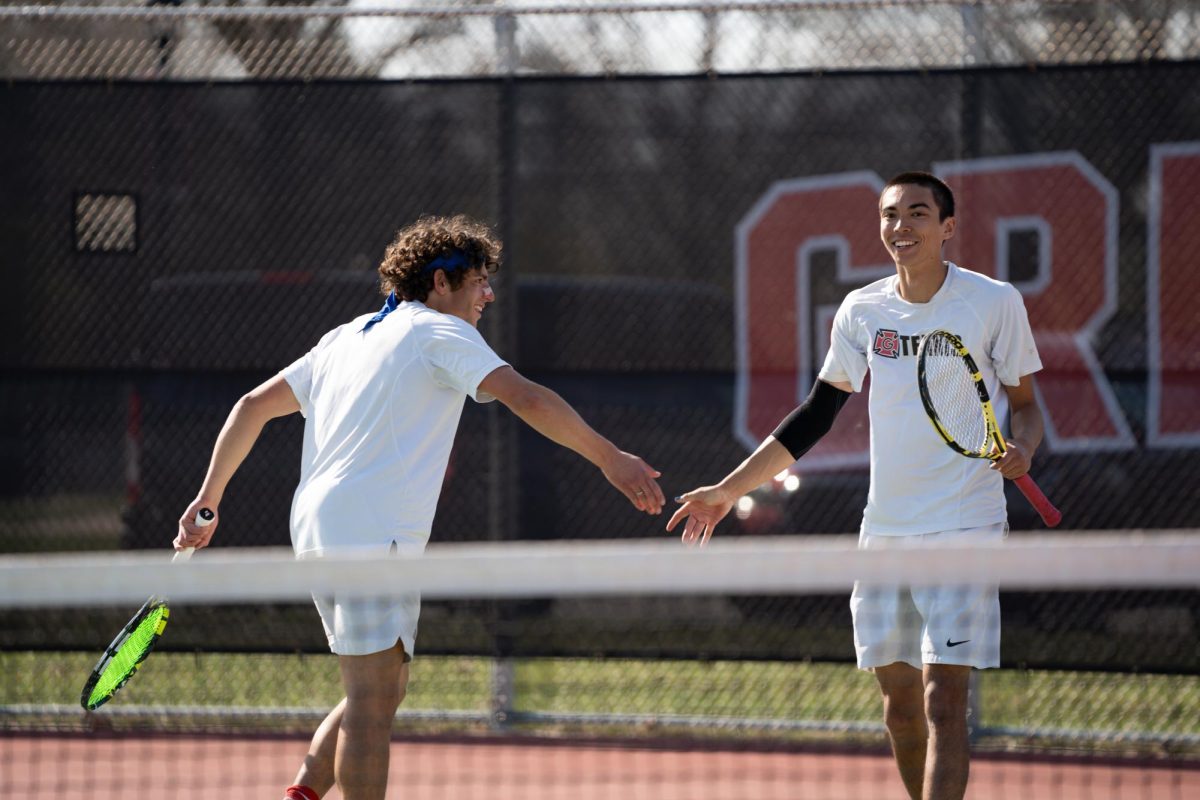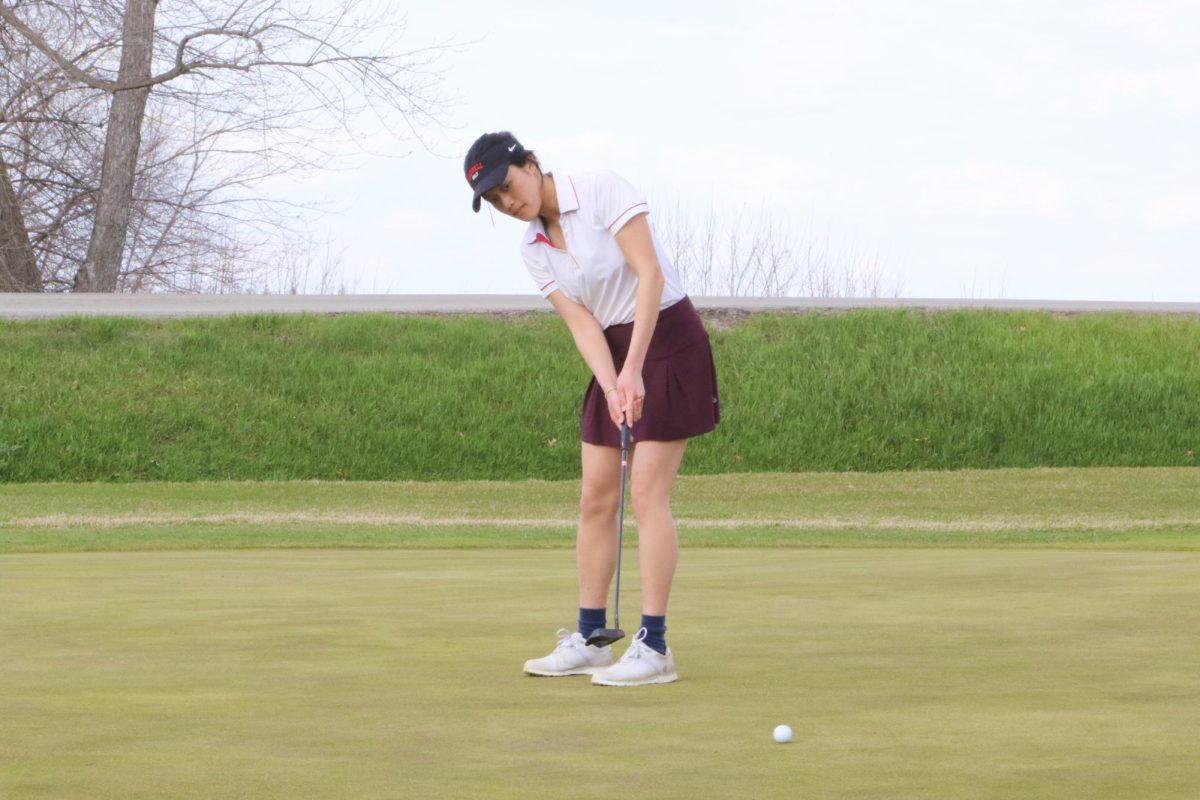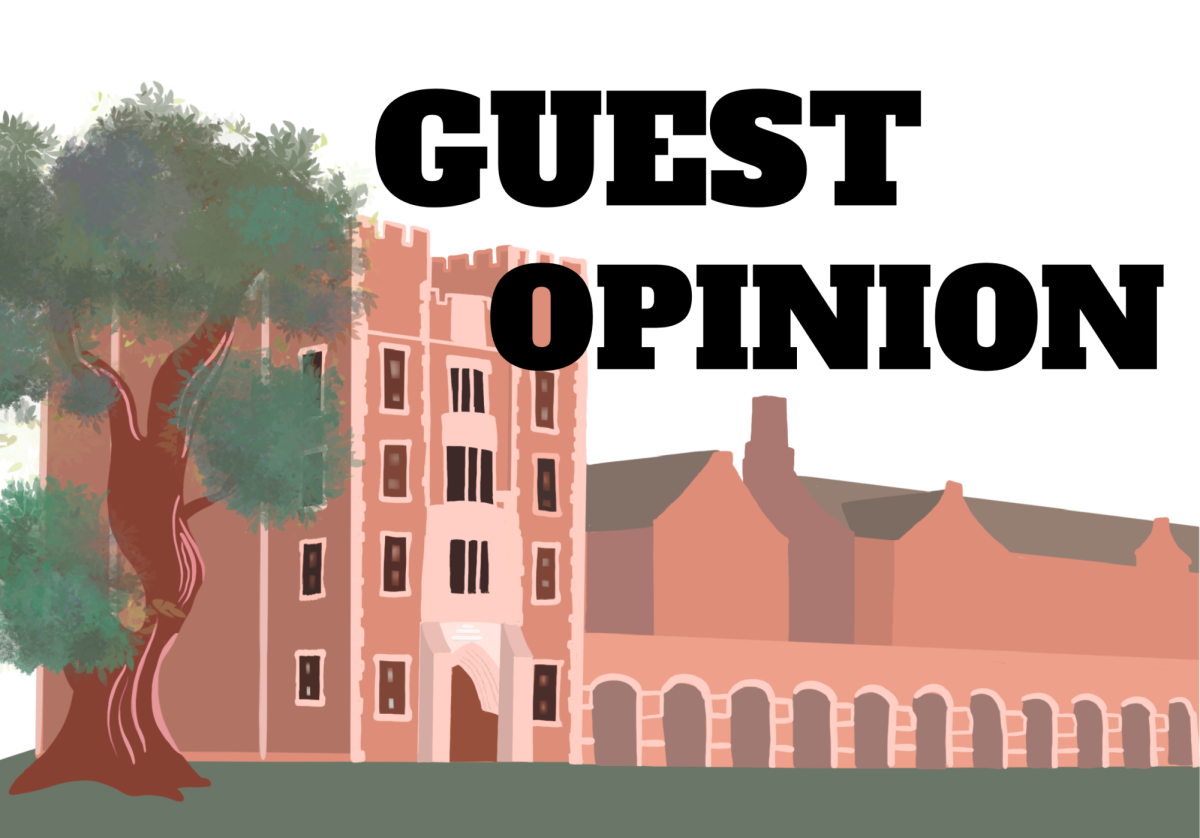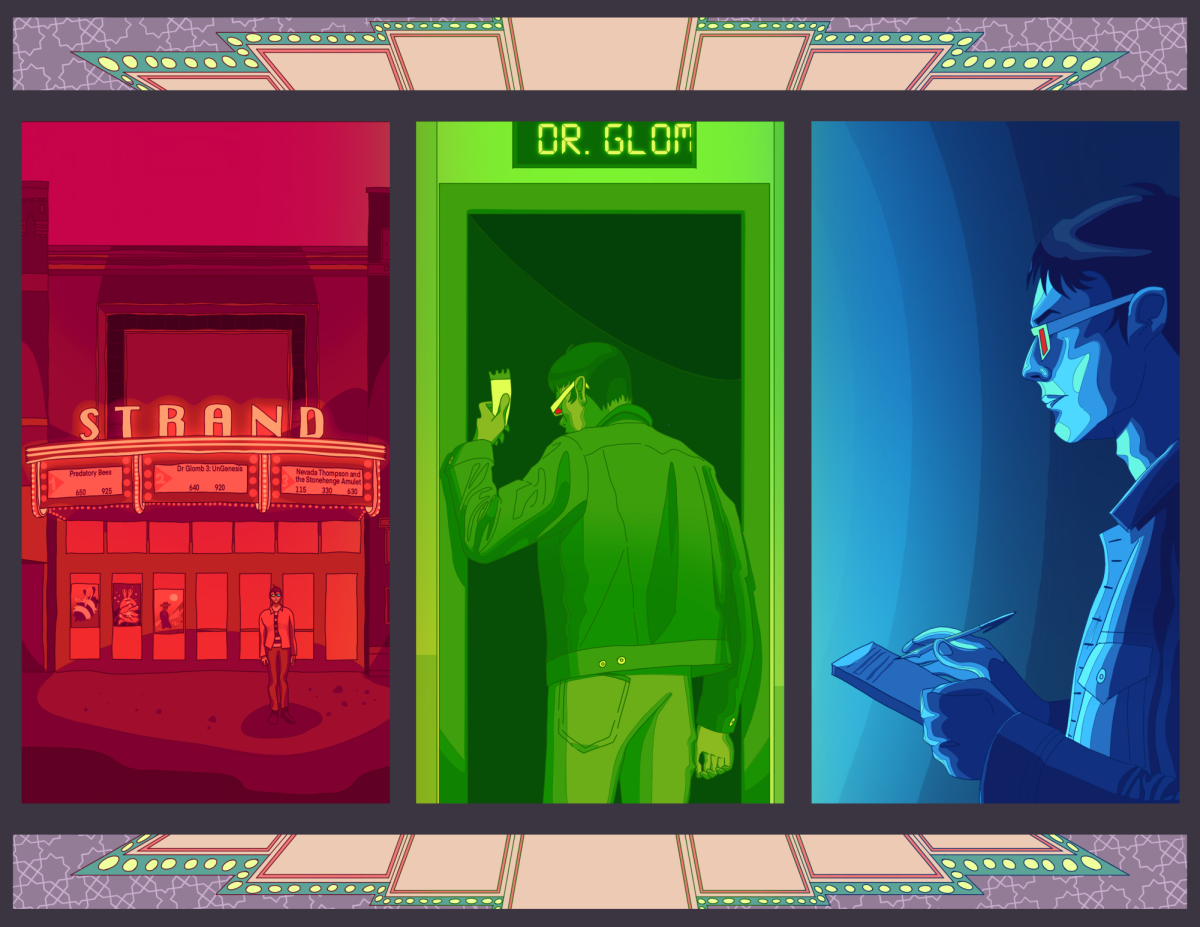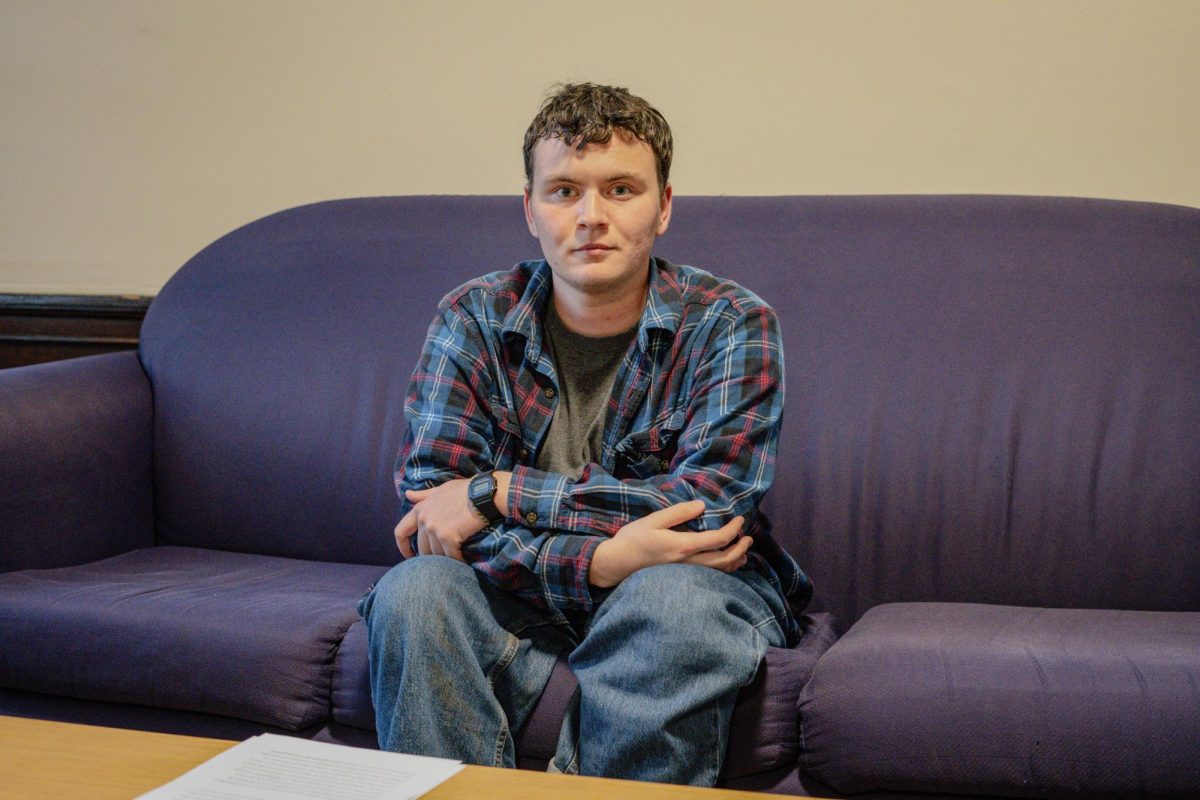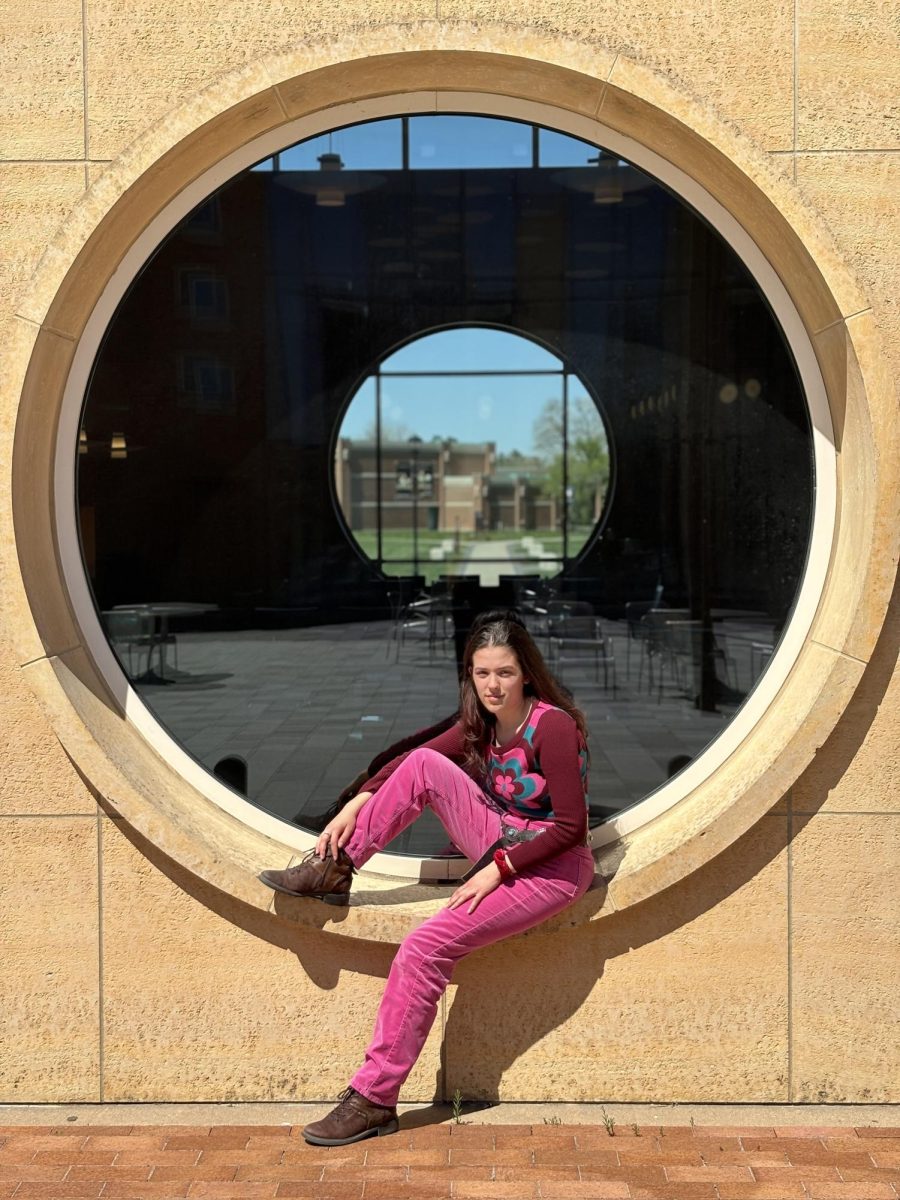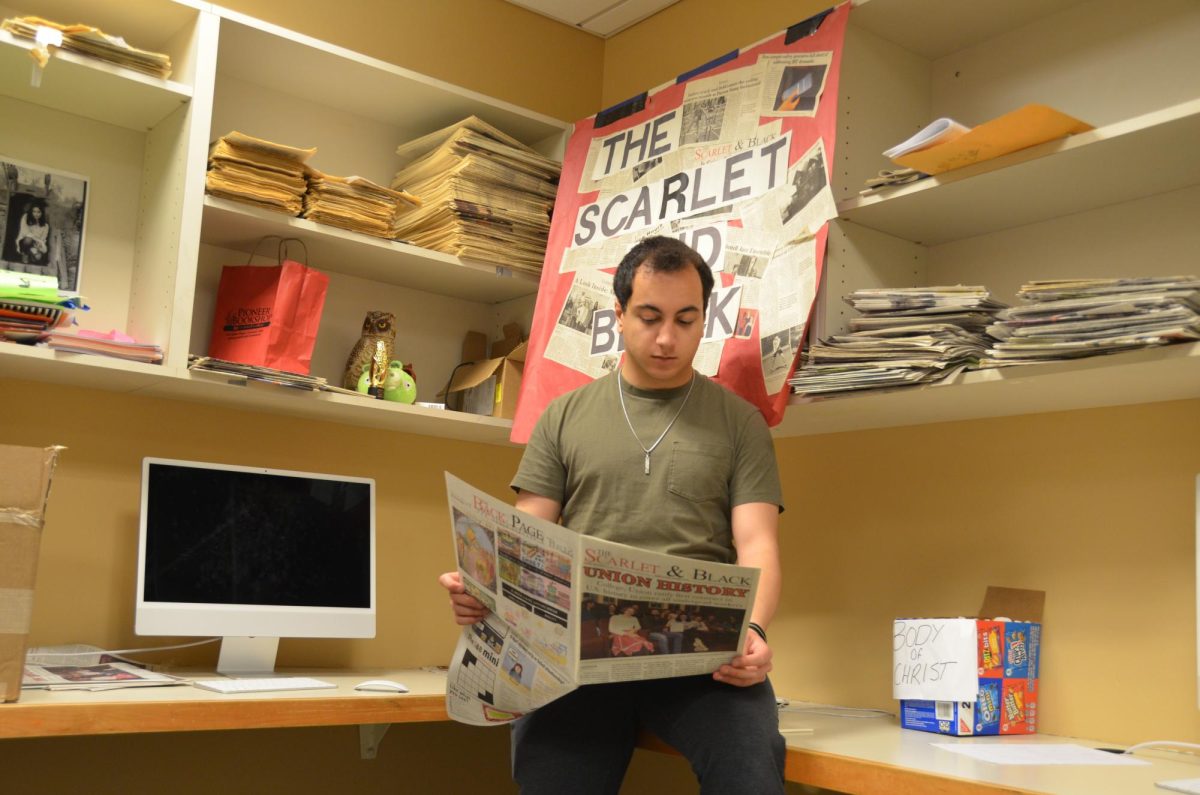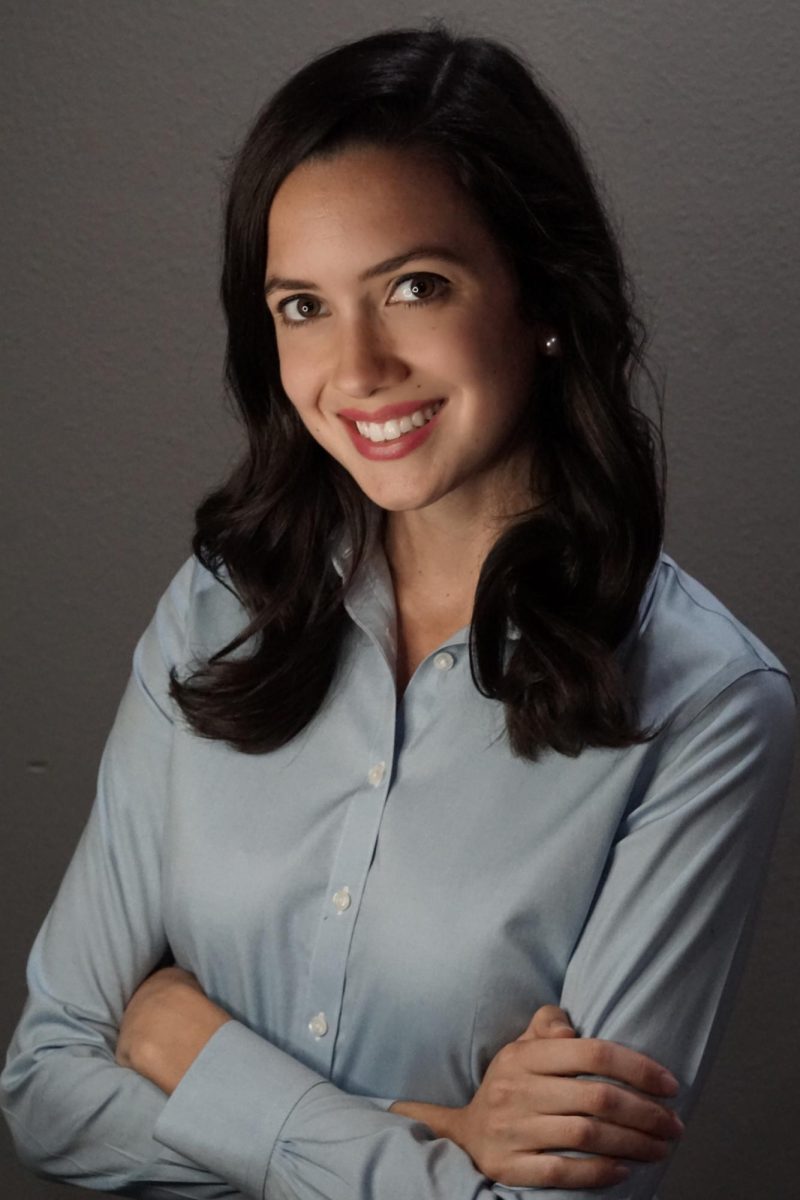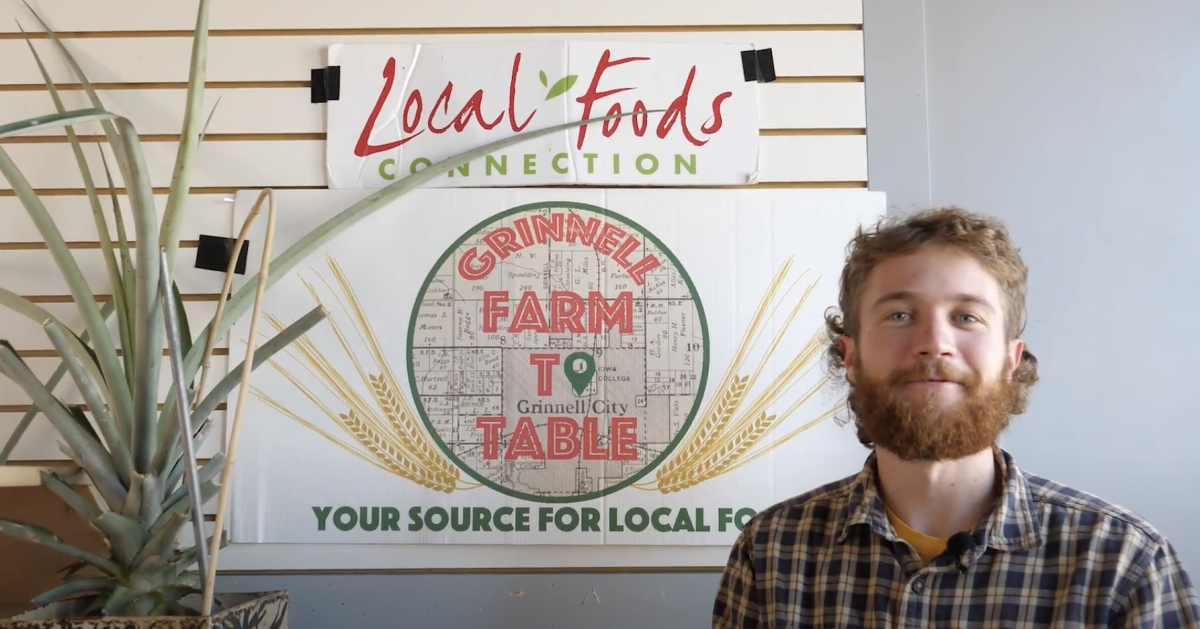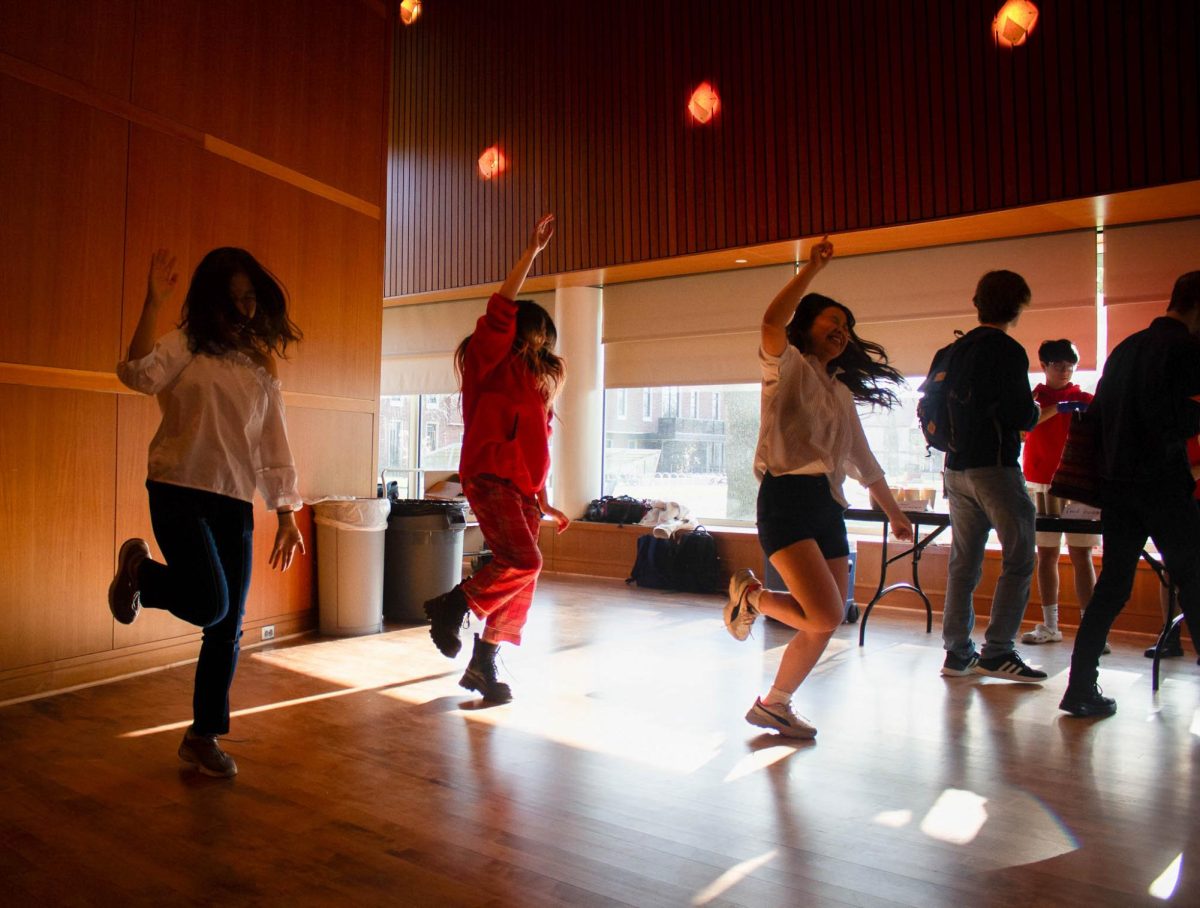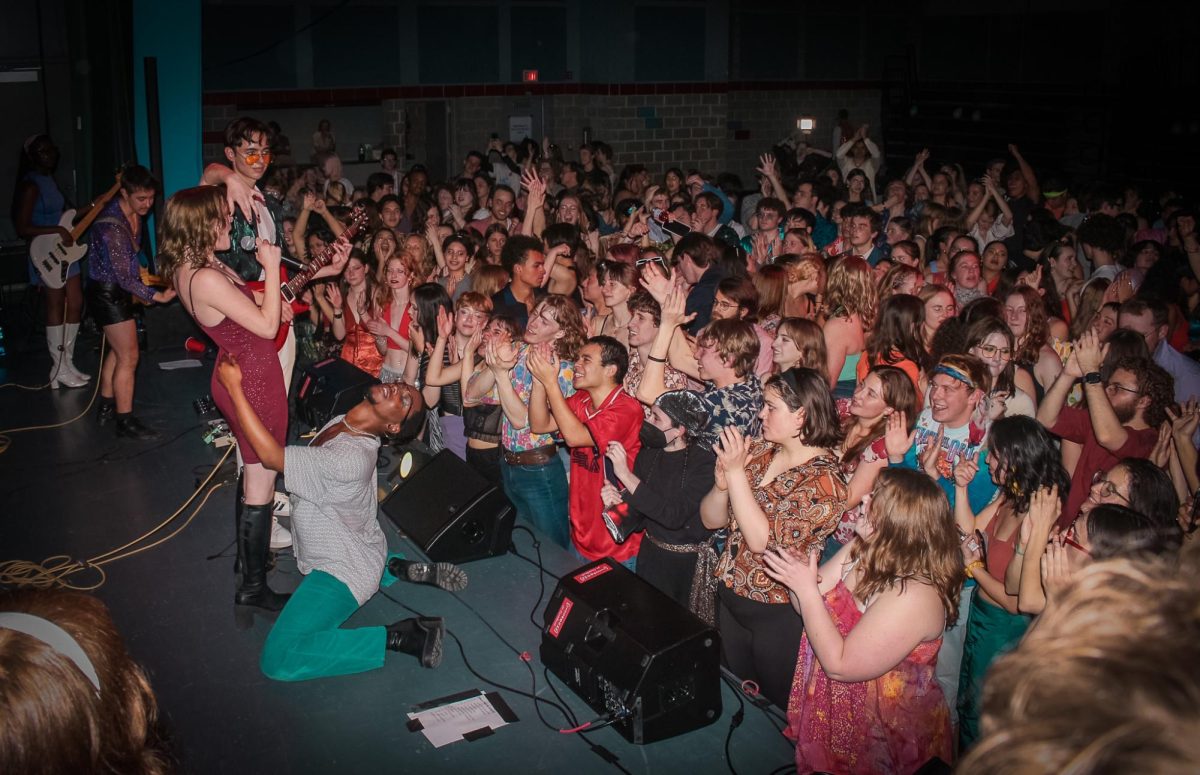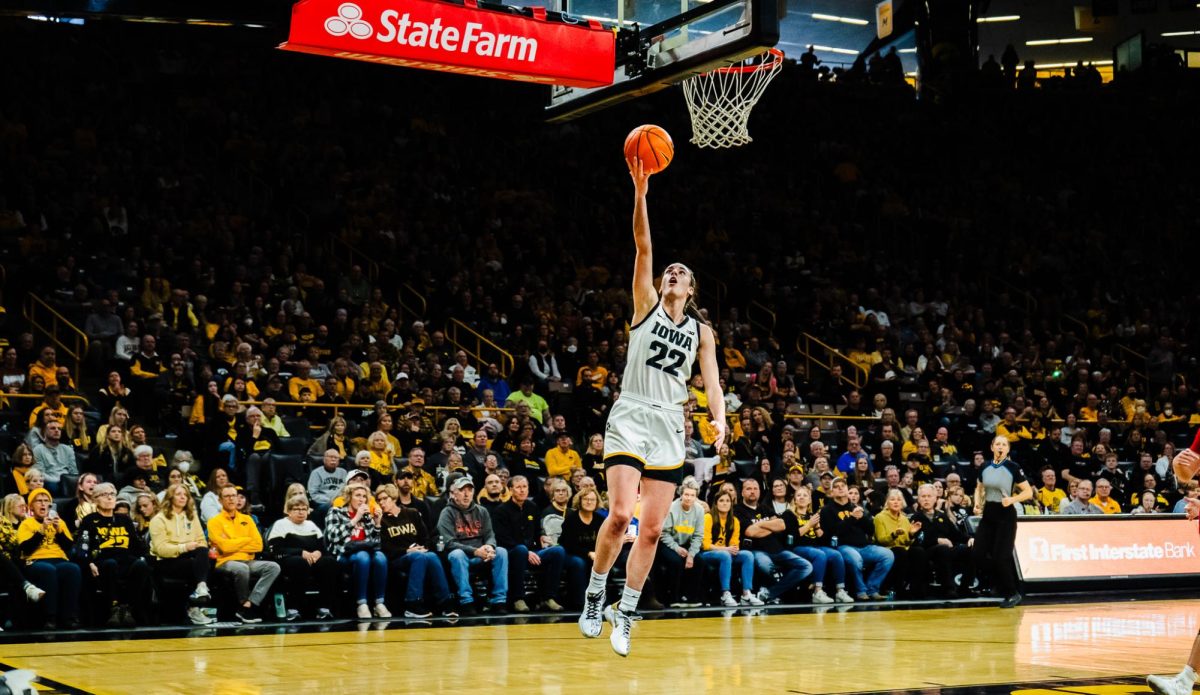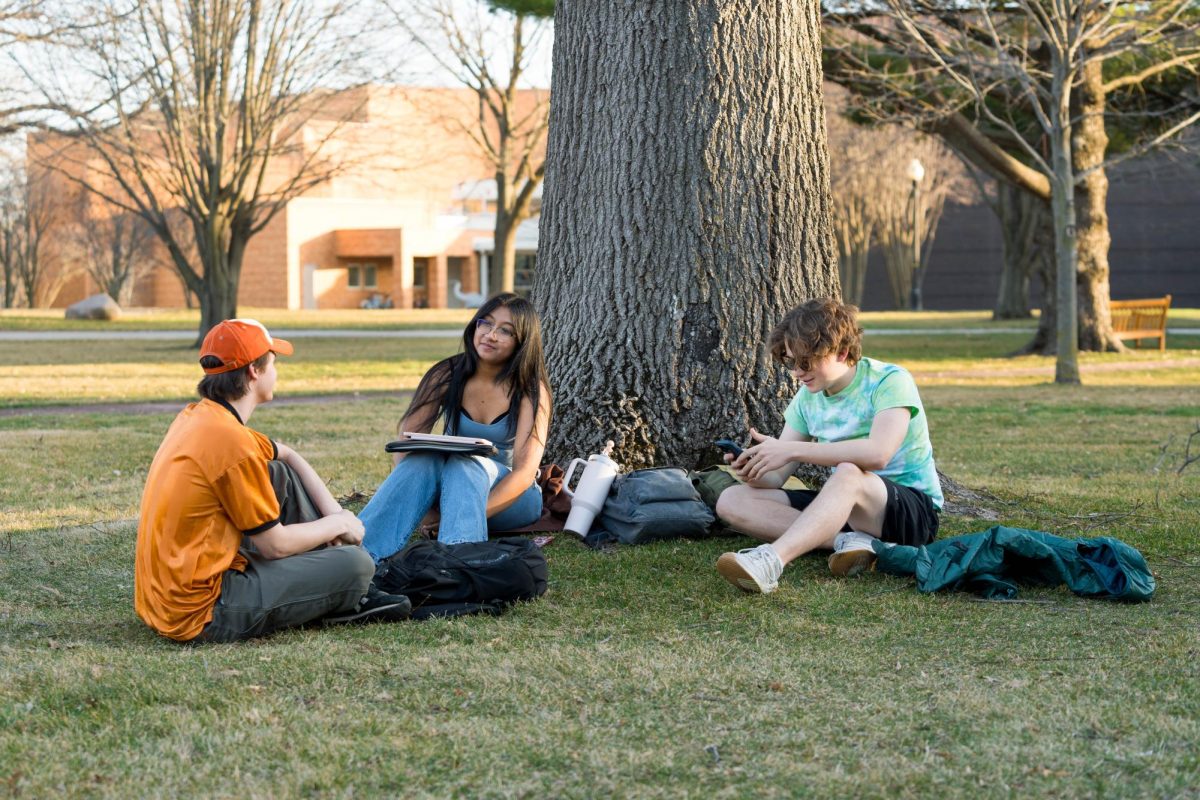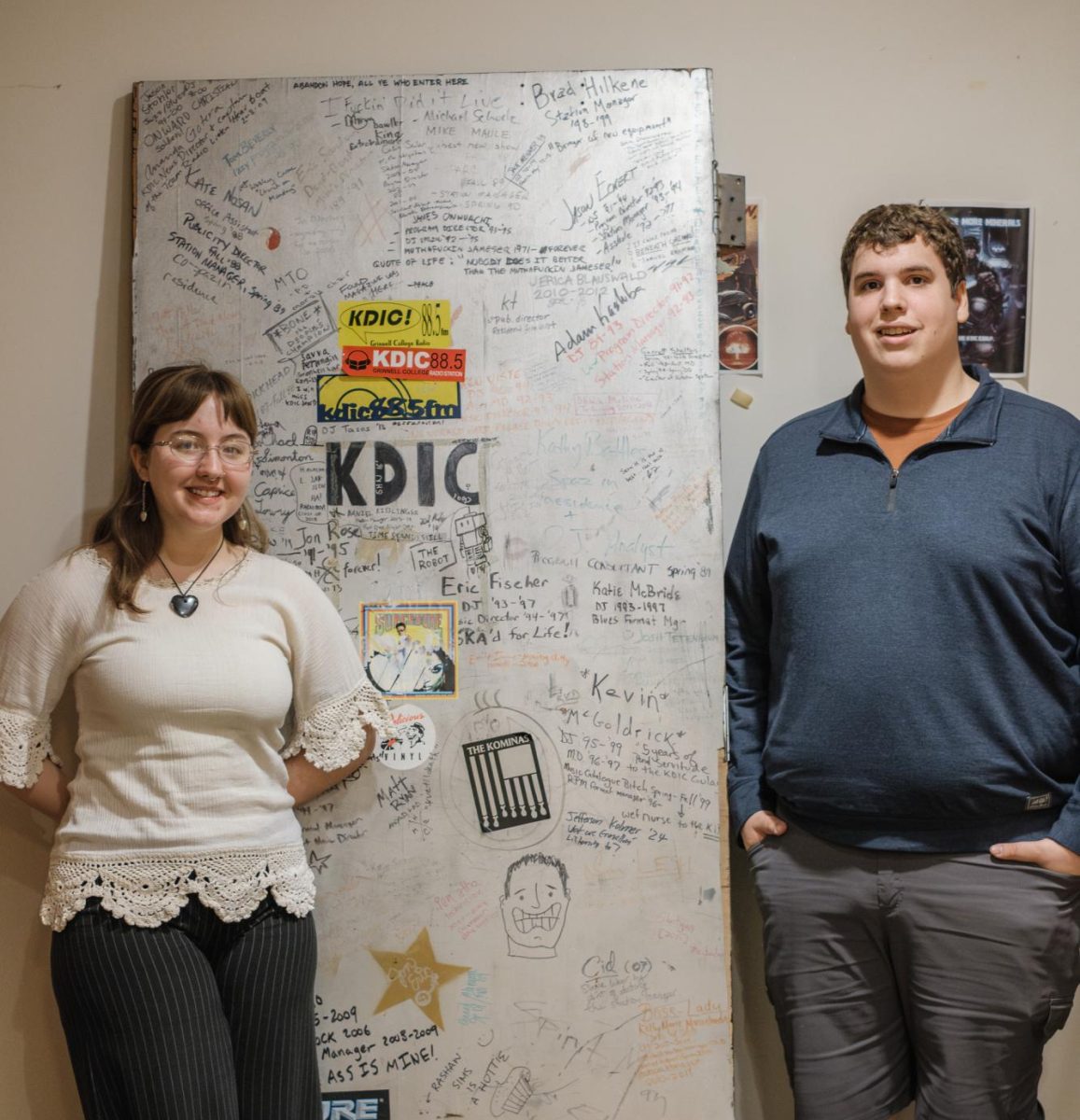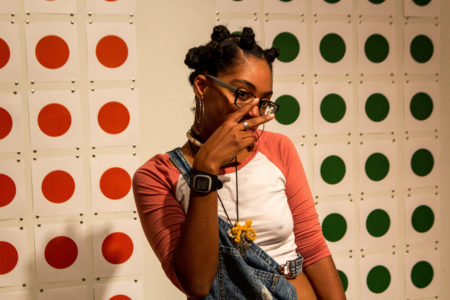
Gabi Matthews ’17 is a Spanish and GWSS double major, and a multi-talented artist. They are a poet, cartoonist, illustrator, musician and dancer. Matthews sat down with The S&B’s Candace Mettle to talk about medium, inspiration and representation in her work.
The S&B: What made you interested in art?
Gabi Matthews: I’ve been making art since I was a kid. I used to write poetry and song lyrics, especially in seventh grade that was the main thing I did, and since then it has persisted. I always liked to draw. The first career I ever wanted was to be an environmentalist, but the second one was to be a photographer, so I don’t know, art has always been a thing that I loved, but now it’s become more … in some ways political, but … I can’t remove it from my life at all. It would be impossible.
The S&B: Do you think now that art has become a part of your life, that it has improved your art or set you back?
GM: In part, I took this last summer to explore my own artistic ability, so I really wanted to focus on creating, and I think that and even the past few months has really helped me as an artist because I was never really that serious about it. I still I don’t know how to pursue it as a career. I don’t have guidance for that sort of thing, and I think I don’t have the privilege to easily do that, but I think especially in recent months, I have really been challenging myself to keep producing things, and that has really helped me a lot and helped me improve as an artist. I’m starting to try other mediums and using art to express my voice in various ways. Last school year I did dance ensemble because I wanted to keep trying new things, and I have a lot of anxiety, but I love to dance, so I wanted to use my body in that kind of way. Also I took an art class for the first time, I took the Intro to Studio Art class and that was like my first formal art class ever. I just want to explore everything while I still have access to this art education.
The S&B: You talk about how you don’t have the privilege or the resources to become an artist as a career. What does that privilege look like?
GM: What I mean by that is primarily economic resources because it’s really hard to make art that sustains yourself without doing something else. So if anything, it’s your side hustle, it’s just something that you do. You have to find something else to do while you do this art that you love, but also I don’t have any guidance in the form of mentors or people I can ask on what to do like how to freelance or how to do art-related work because I don’t really have a portfolio. This semester I am getting a book published by SPARC but that’s because I tried. I need to use Grinnell’s resources to have the chance to express myself and poetry is one of my main forms, not because I reached out to someone older or someone more involved and wiser, it’s because I just found myself in this situation where I have access to Grinnell’s funds and thought that I should apply myself, because after I leave here I don’t know if I’ll be able to do these kinds of things.
The S&B: So what would be your main hustle?
GM: My dream would be to do translation work like with documents from Spanish to English because that’s the two [languages] I’m best at, but also I want to improve my Korean so I can do translations for that … that would be awesome to do with comics. I love making comics, but on the other side, I want to breed rabbits to make yarn from their fur, like I have so many random interests that don’t make sense, but the academic one has to do with translation definitely.
The S&B: Why comics?
GM: I like to read web comics a lot because usually you can find them on a lot of different themes and the diversity of characters, especially nowadays, is really cool. Reading queer comics with trans main characters or predominantly black and brown characters is really cool to me and I like to in my art … see myself and people I may know. Reading comics and seeing myself and people I know in them like artists that aren’t mainstream and don’t work for Marvel and DC, stuff that isn’t typical spreading awareness about people’s talent is really good to change our media that we consume especially in terms of queer comics and feminist comics.
The S&B: Could you speak more on your project sponsored by SPARC?
GM: I’m getting a book published and it’s mostly poetry there are a few entries that are kind of like diary entry things but it’s called “In Search of Freedom: Mad, Angry and Black” and inside I note the distinction between mad and angry — mad having to do more with reclaiming mental health terminology of craziness and being like, whatever if you’re going to call me that, I don’t care, and because anger is so often contributed to black and brown bodies — especially women, like the kind of like reclaiming and encouraging anger that can be used instead of ignored or described as something bad. A majority of the book talks about my experiences in Grinnell, not in very direct ways. Most of it was written while I was a student. Most of it is written last year so I think what best describes it is the dedication I put in the front it has for black people and their oppressors and disabled people and their oppressors and queer folk and their oppressors, so it’s for like everyone to read, but it talks about my distinct experience but it’s useful to everyone. You can’t change an oppressive system or oppressive values for yourself because it affects all of us. There’s a picture of me on the front, but just because it’s an angry black person on the front doesn’t mean that like, for example, a conservative white person shouldn’t read it. I’m not trying to exclude anyone because it’s a story of Middle-America living. It’s just trying to get people to engage with my lived experience because I believe in that whole personal is political to using my story to engage in larger narratives.
The S&B: Has the experience of getting the book published been what you expected?
GM: Oh it’s been so stressful! I’ve never used InDesign before but I had to figure out how to use that. The back cover is just picture of me in my bedroom, which is not really professional, but it’s what I got. I feel like that shows how “me” it is, but it wasn’t difficult to fill out the forms for SPARC’s application. I’m just wanting to see how it turns out. It’s supposed to come soon in the mailroom, so I’m just a little nervous. I don’t know I’ve never published a print book before, but … I’ve published a book online of poetry, and last month I published the Spanish translation of those poems, so it’s really informal but this will be my first actual book.
The S&B: Which artist do you currently admire?
GM: So this is a musical artist and this semester she really inspired me and because of that she really made me embrace my weirdness art interests that seem really random. They are who I am as an artist. I just don’t do one art form and because of that I can express myself in different ways. It’s Princess Nokia, she’s like my inspiration because she does music of multiple genres and to some that might seem all over the place, but it just that she embraces her creativity and explores. She [also] runs this meeting called Smart Girls Club it’s in New York and it’s for women and girls to get together. It’s community outreach, and I think that community engagement is really important to me.
The S&B: What art form do you want to try next?
GM: Because I feel like because I have so many interests, I haven’t mastered anything. It isn’t necessary, because I want to try everything. I want to be the best at everything and it really doesn’t matter what art you do. In high school I started longboarding and I was like yes longboarding is art like everything is art to me and I like to see that in my everyday life. … So I don’t know, singing or something. I usually don’t sing in front of people or rap in front of people, but I do it on my own sometimes. I just don’t like to share it because I’m shy, but that might be the next thing I’ll do.
